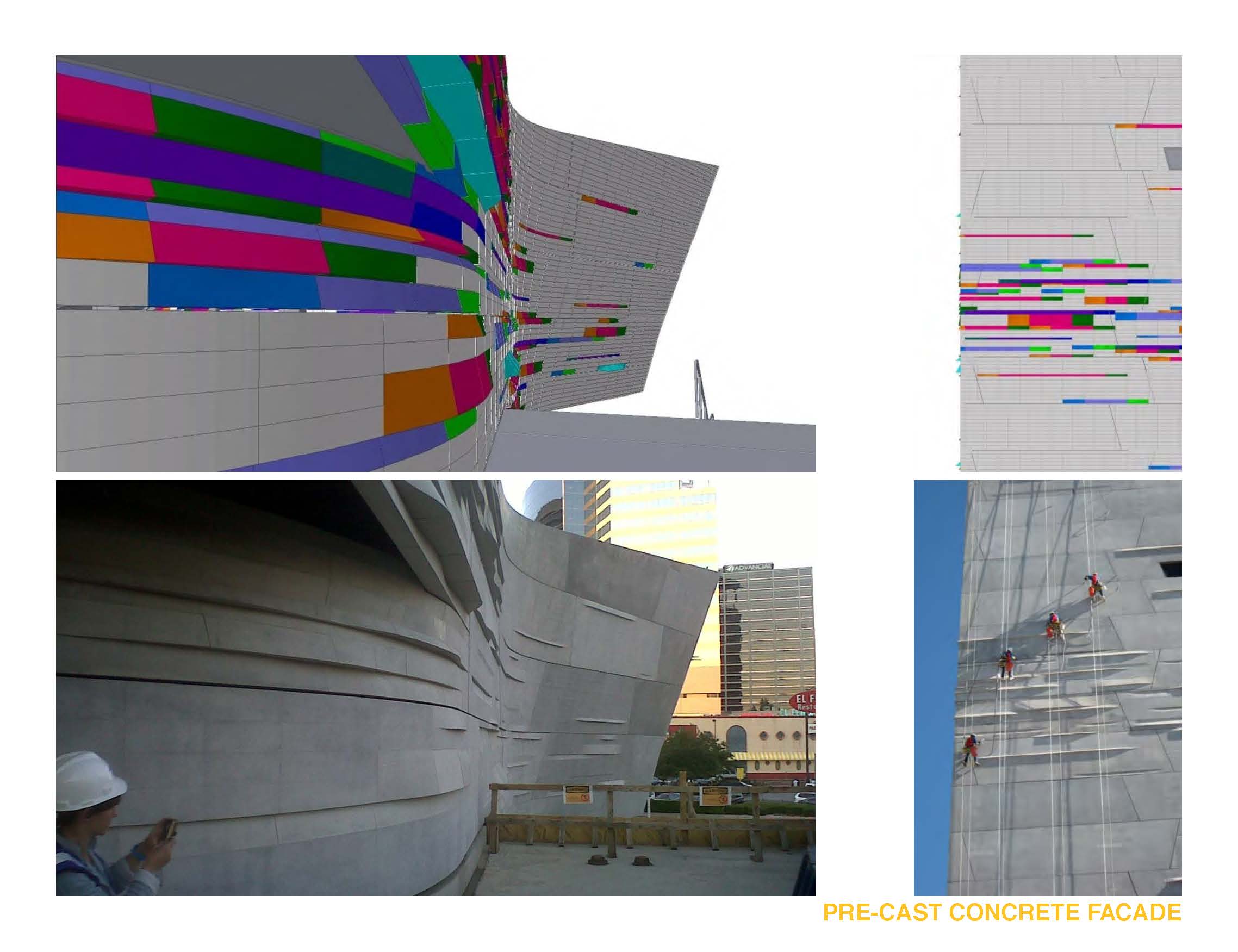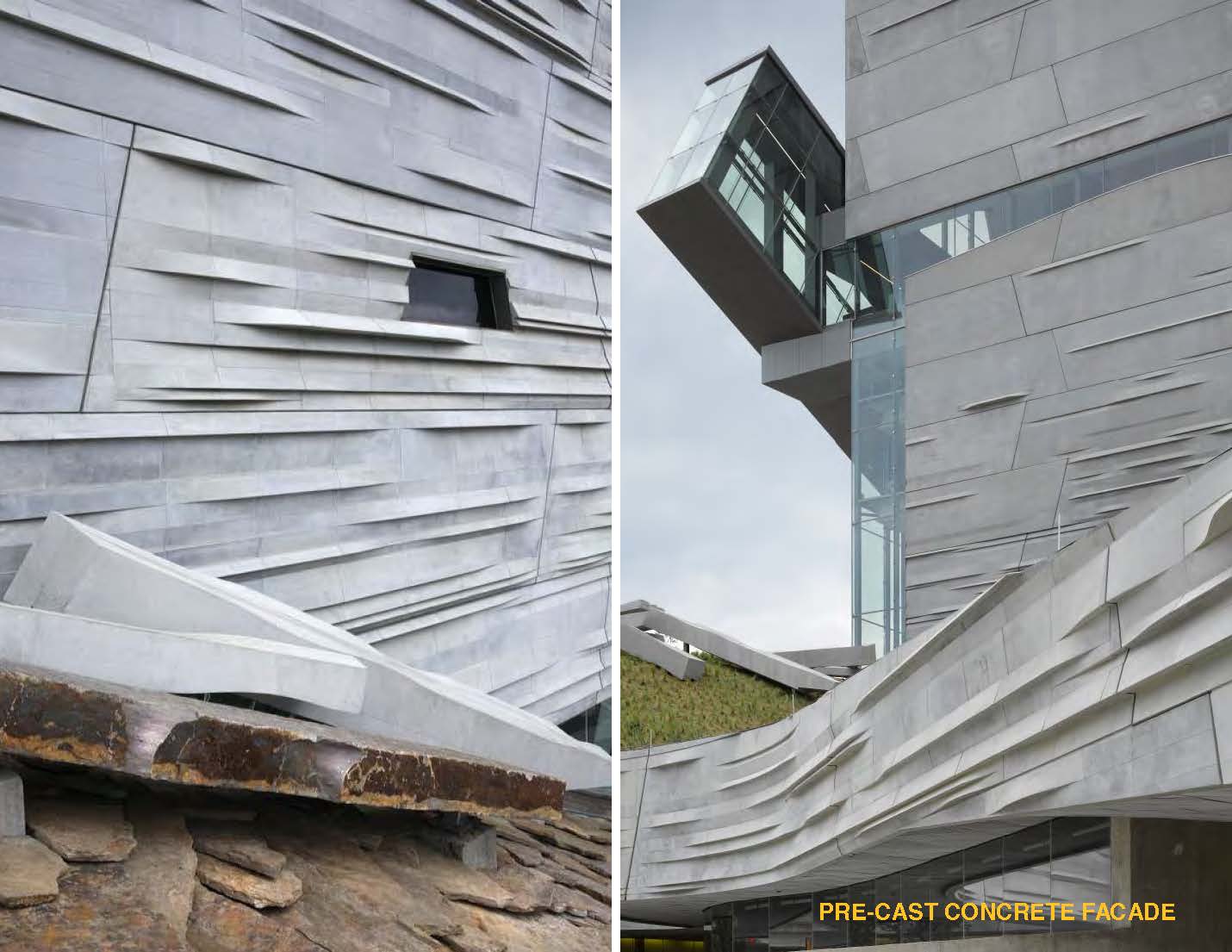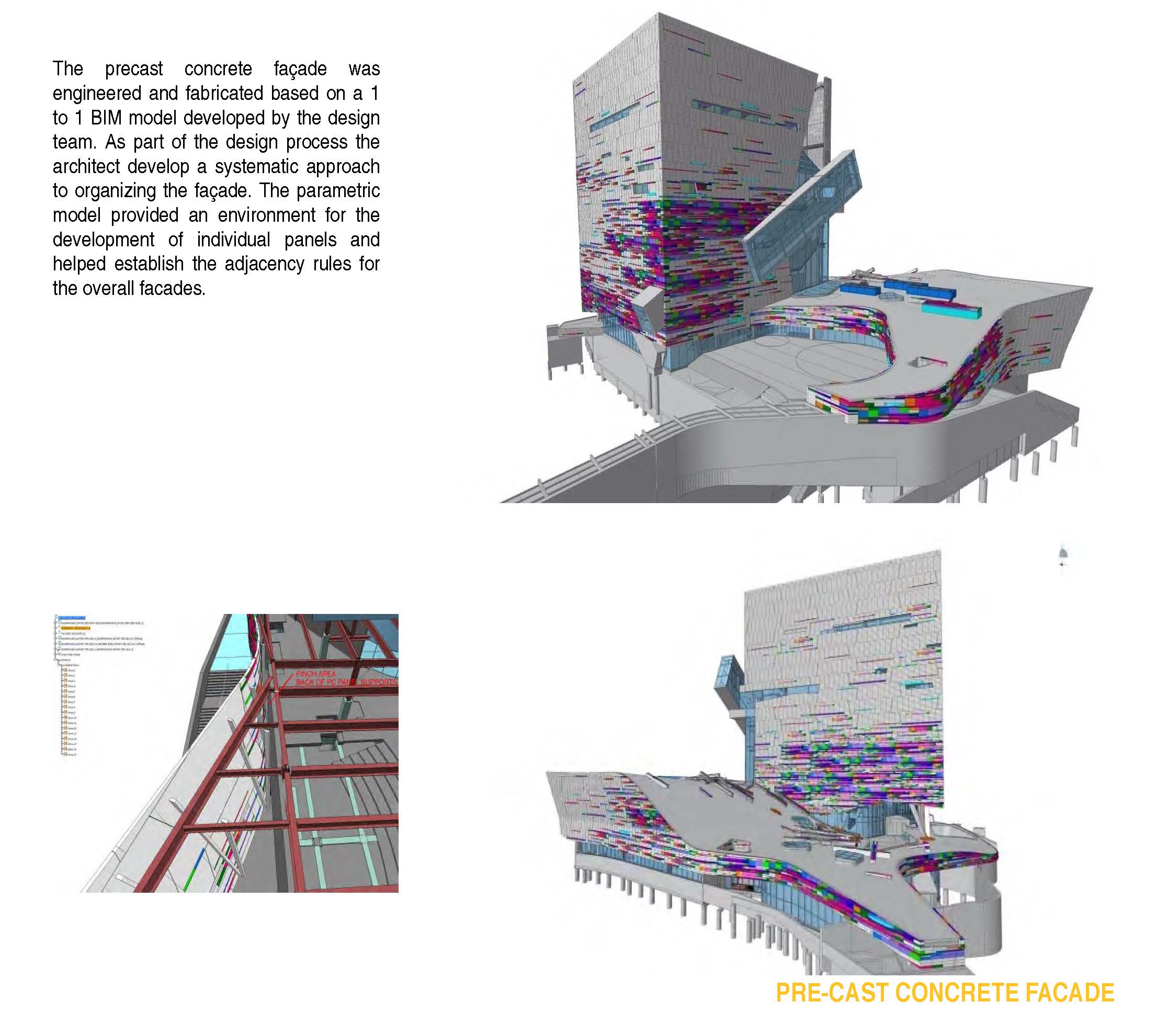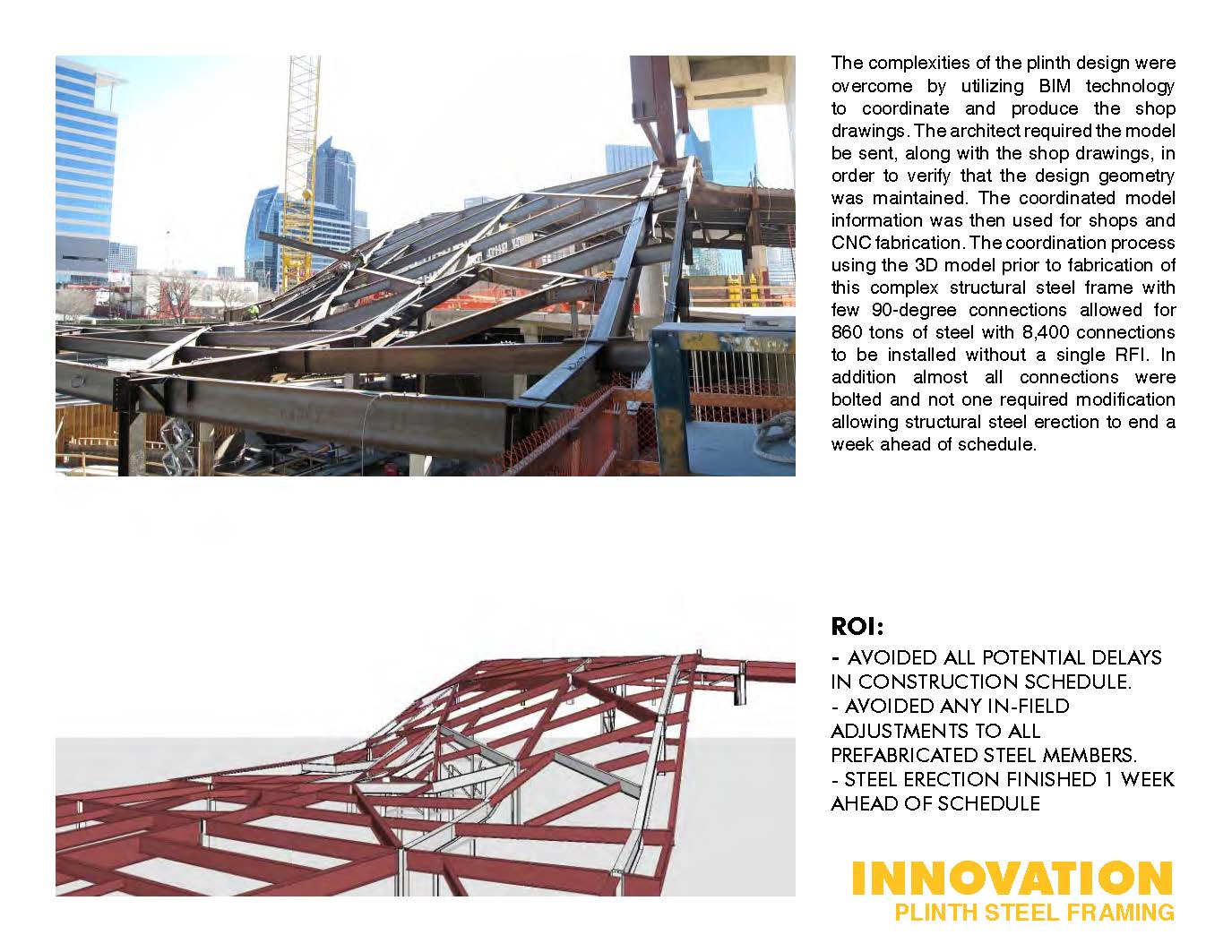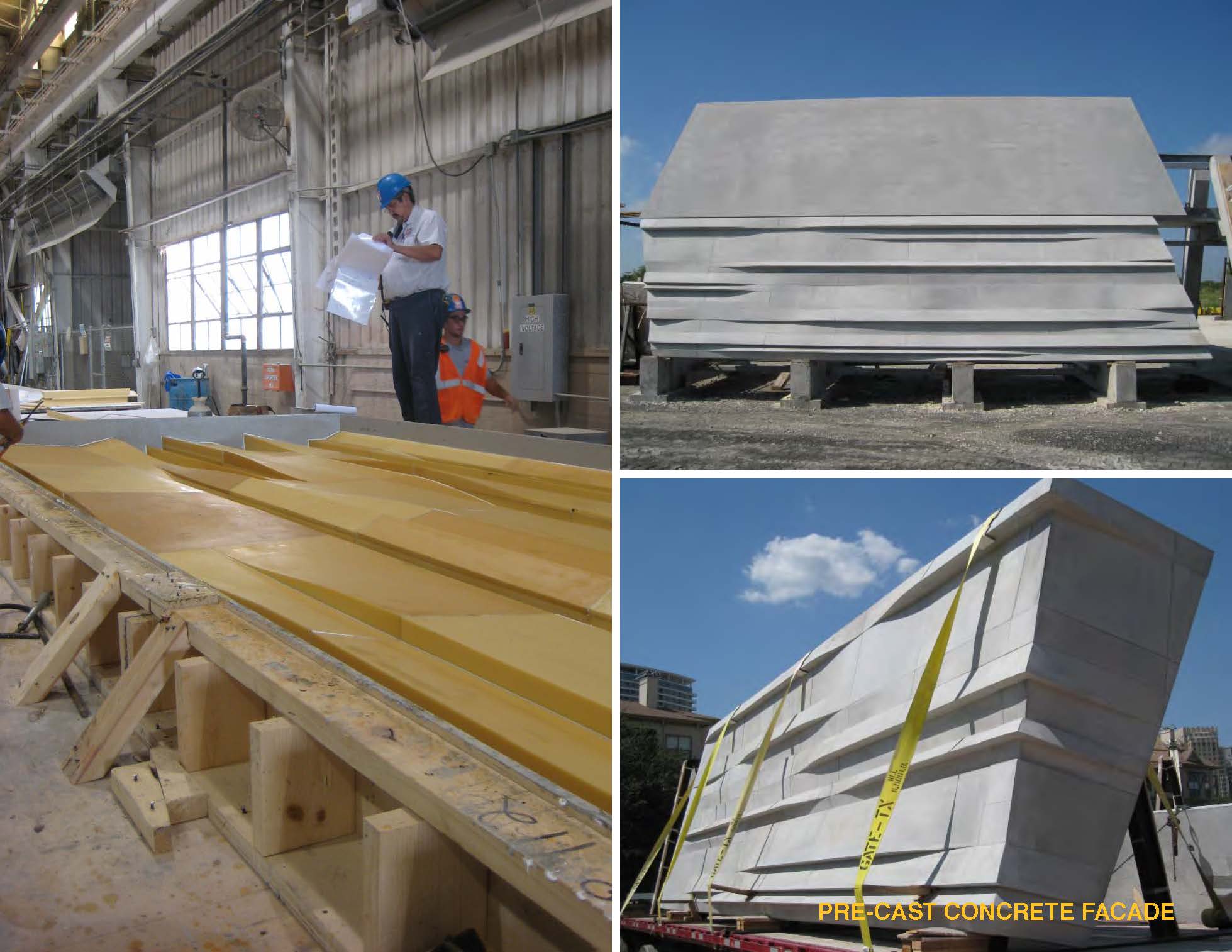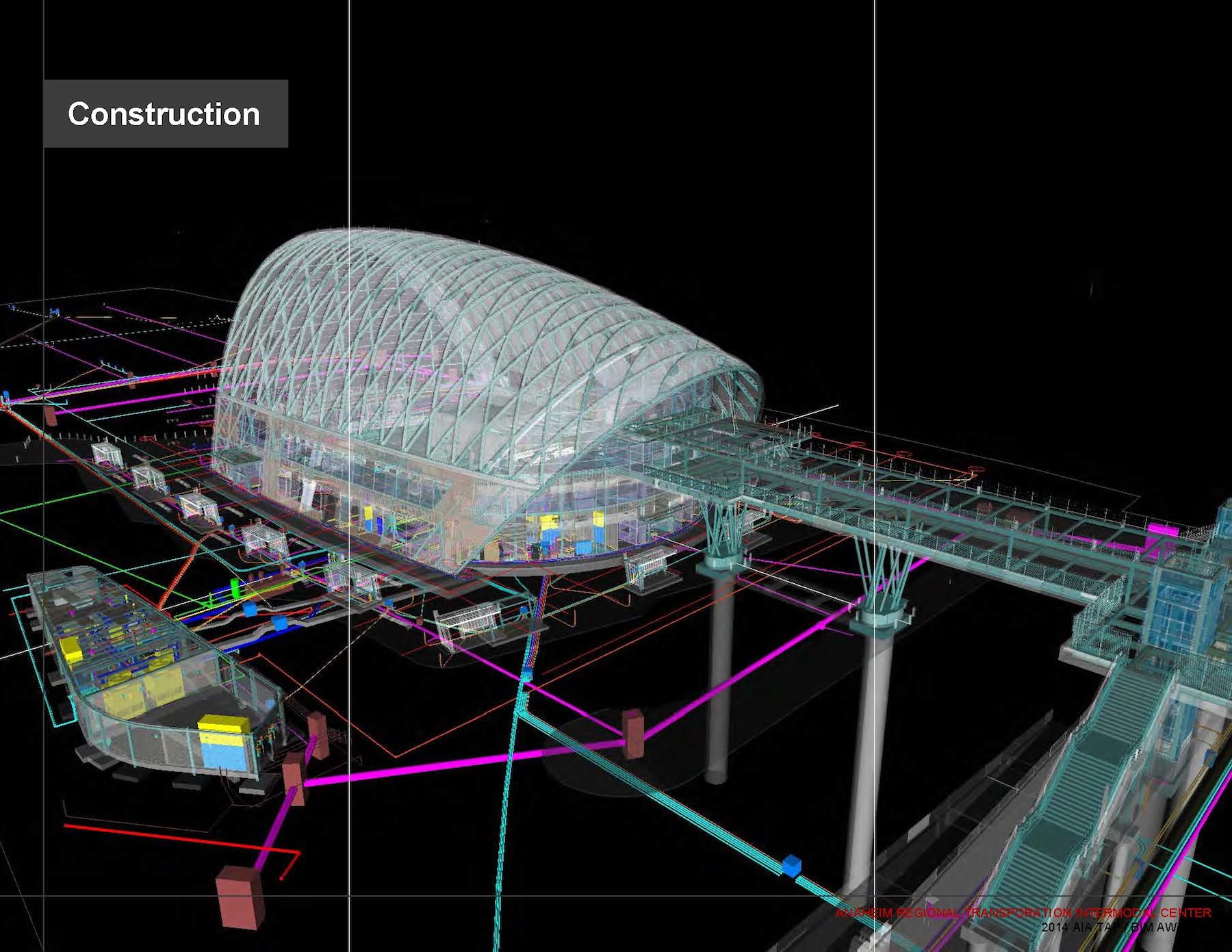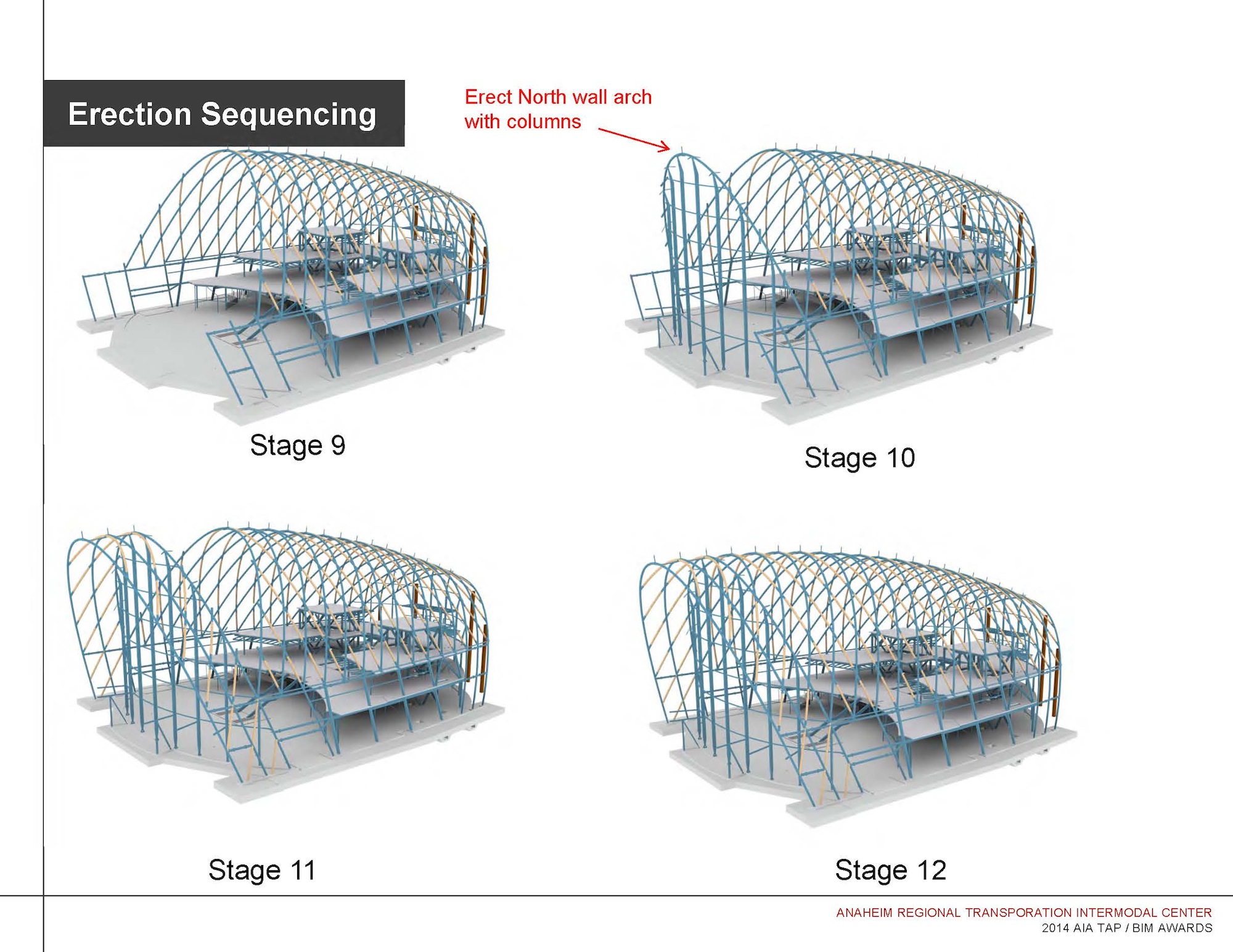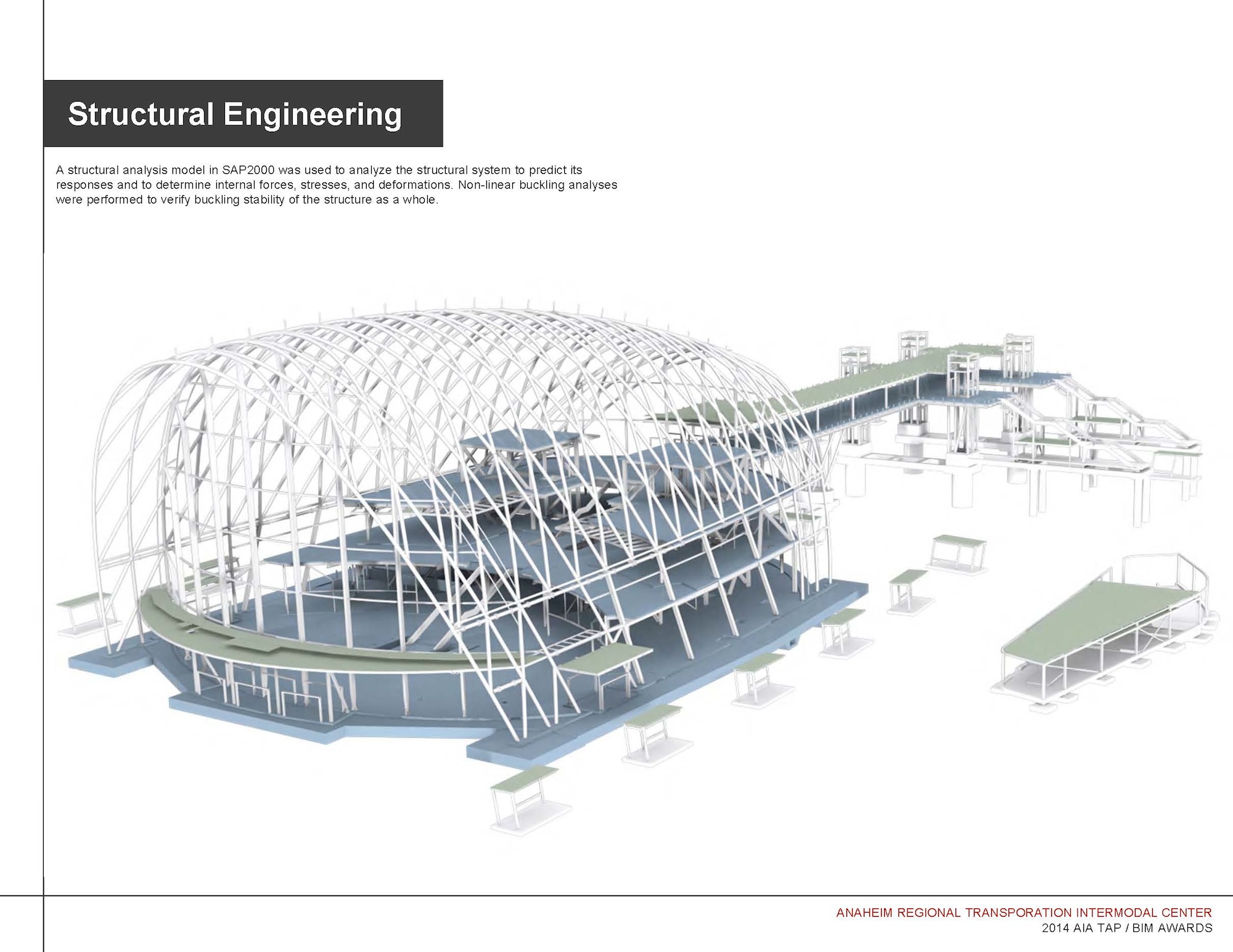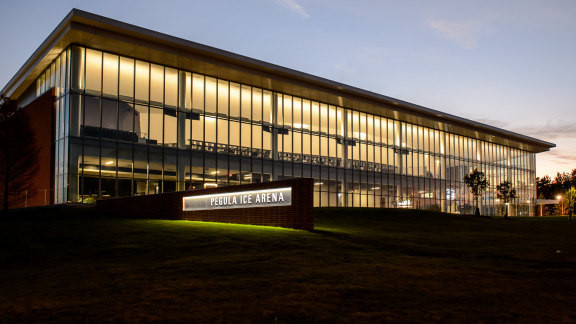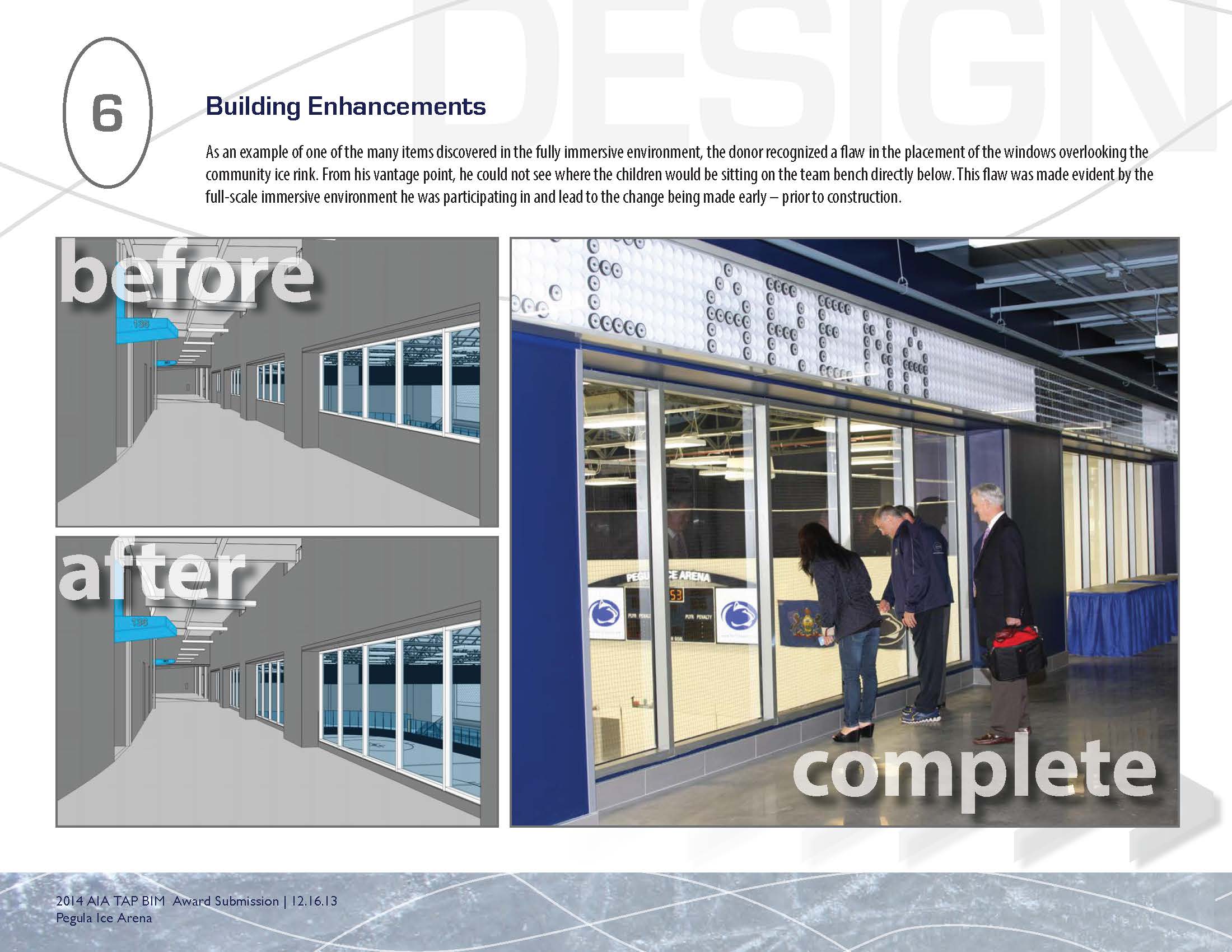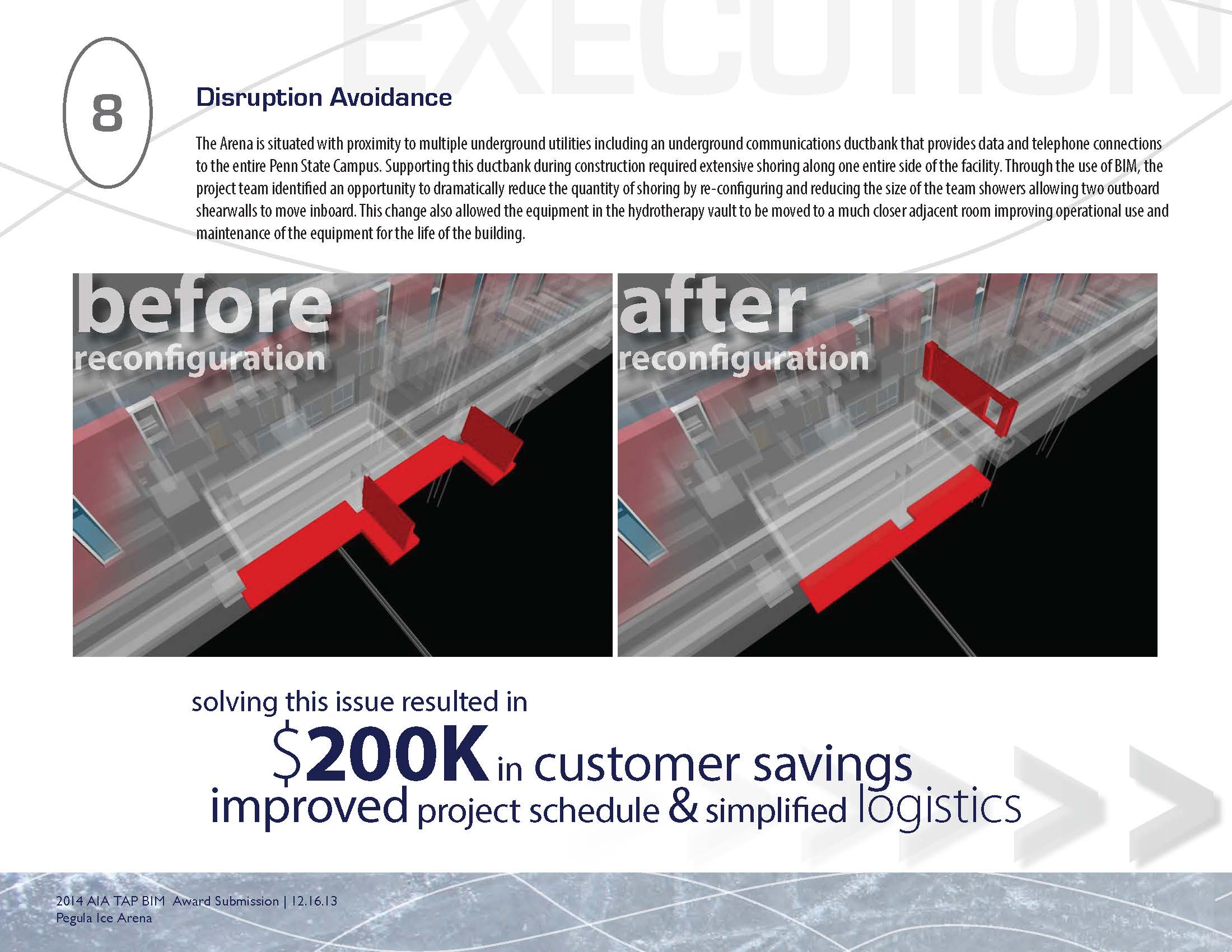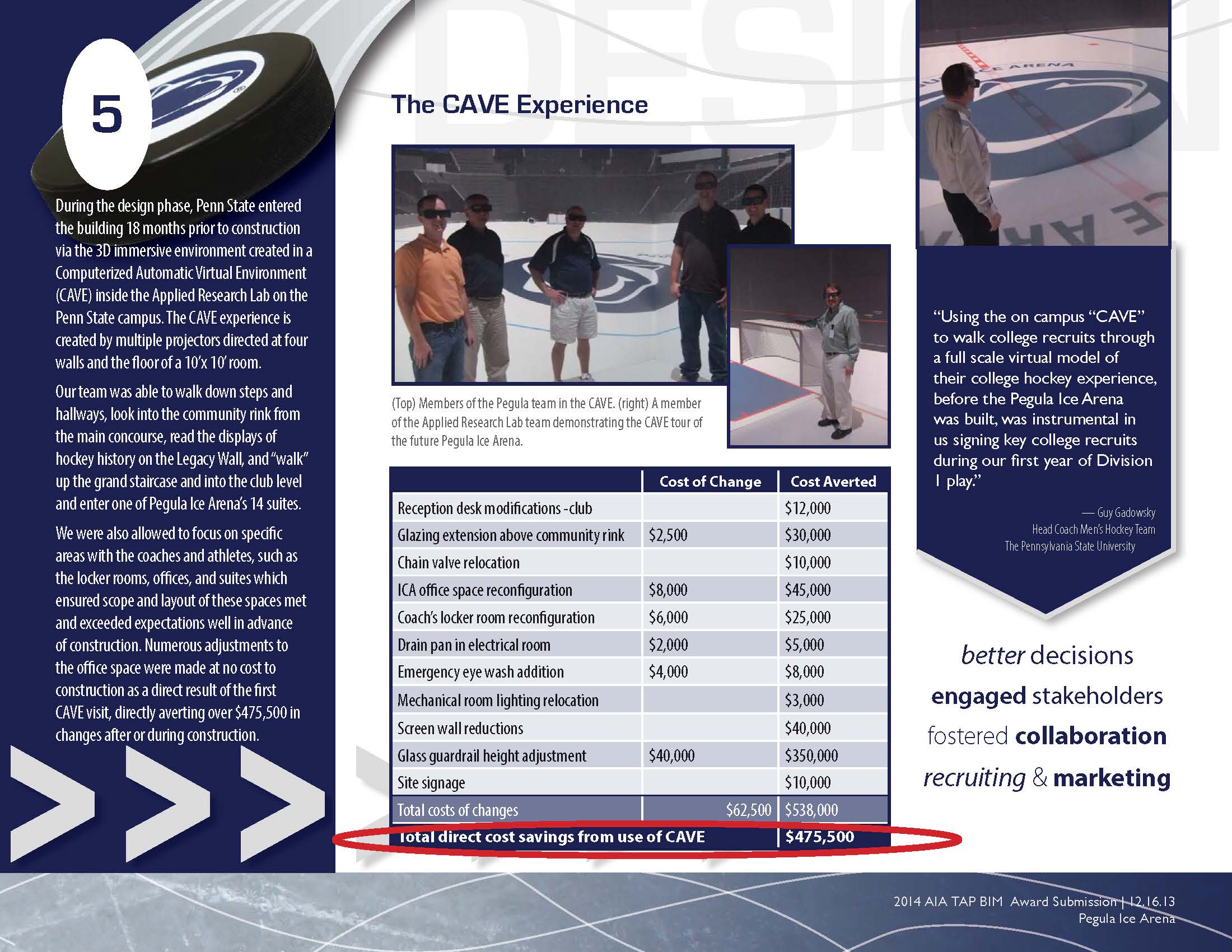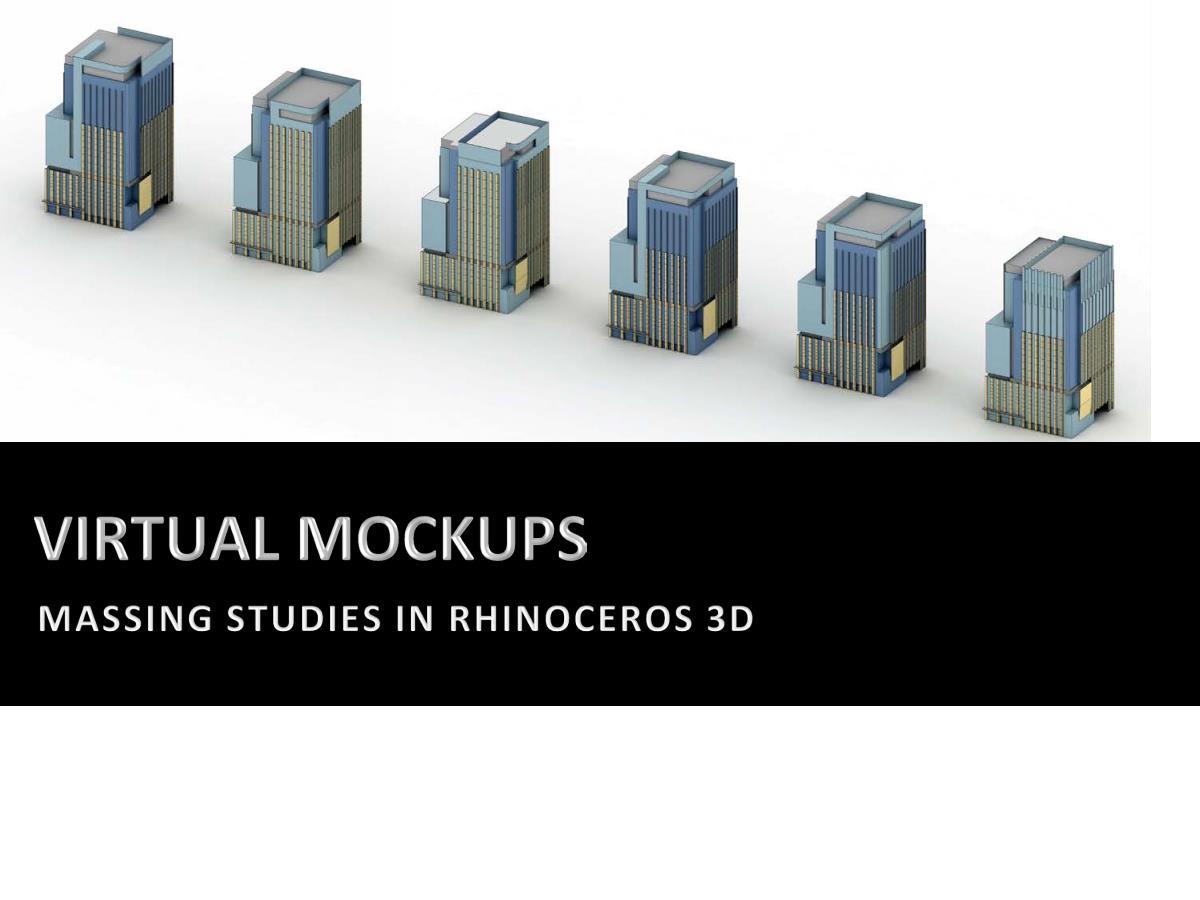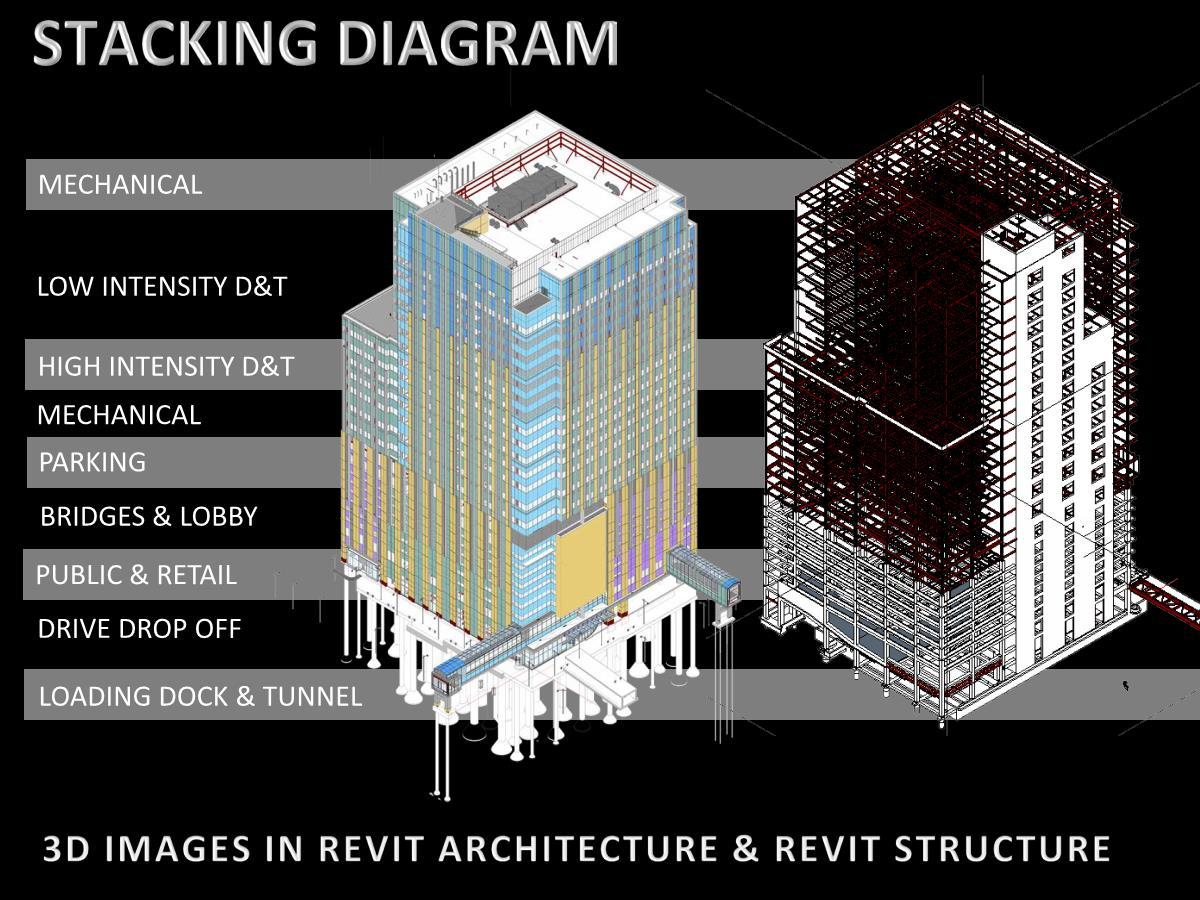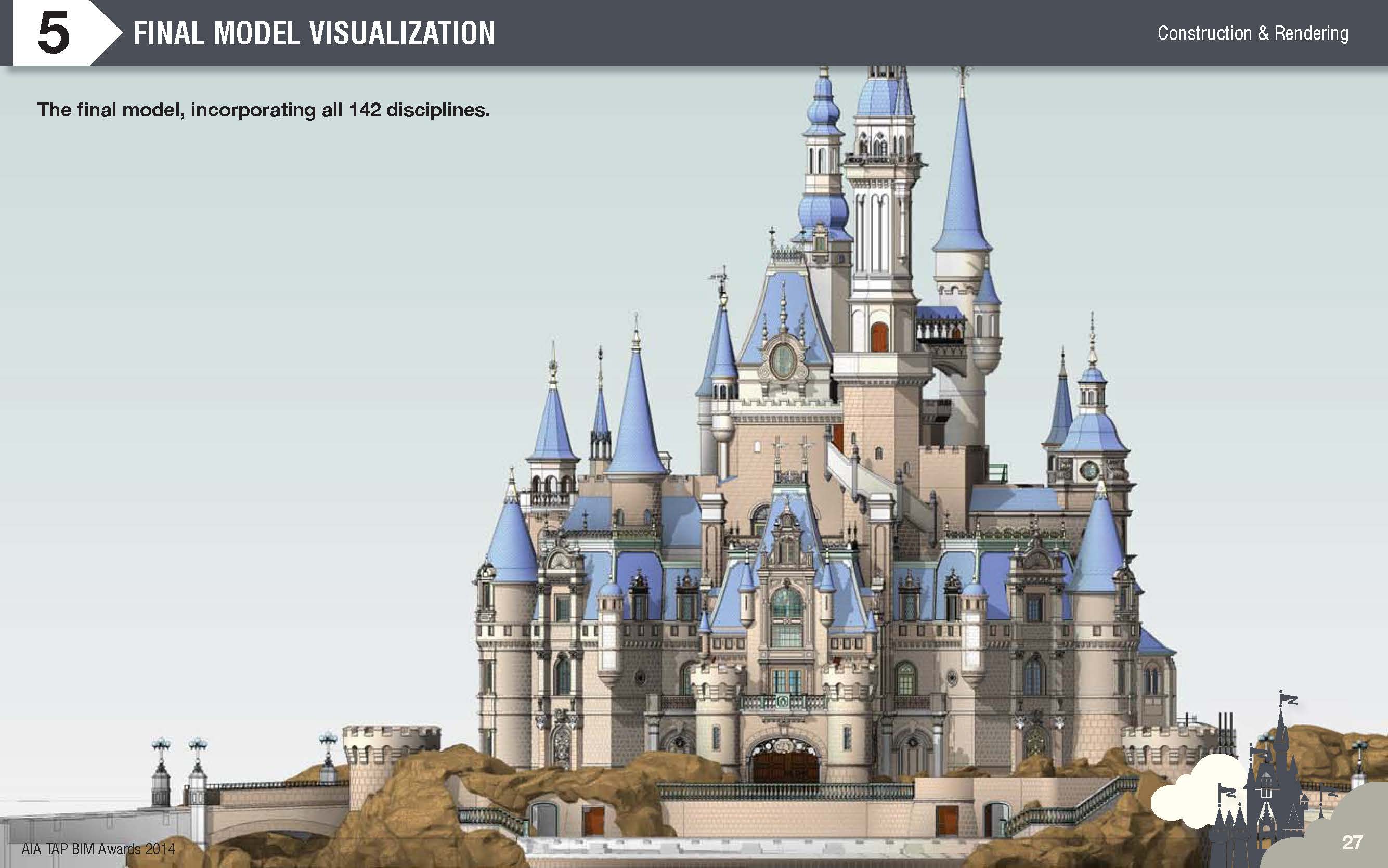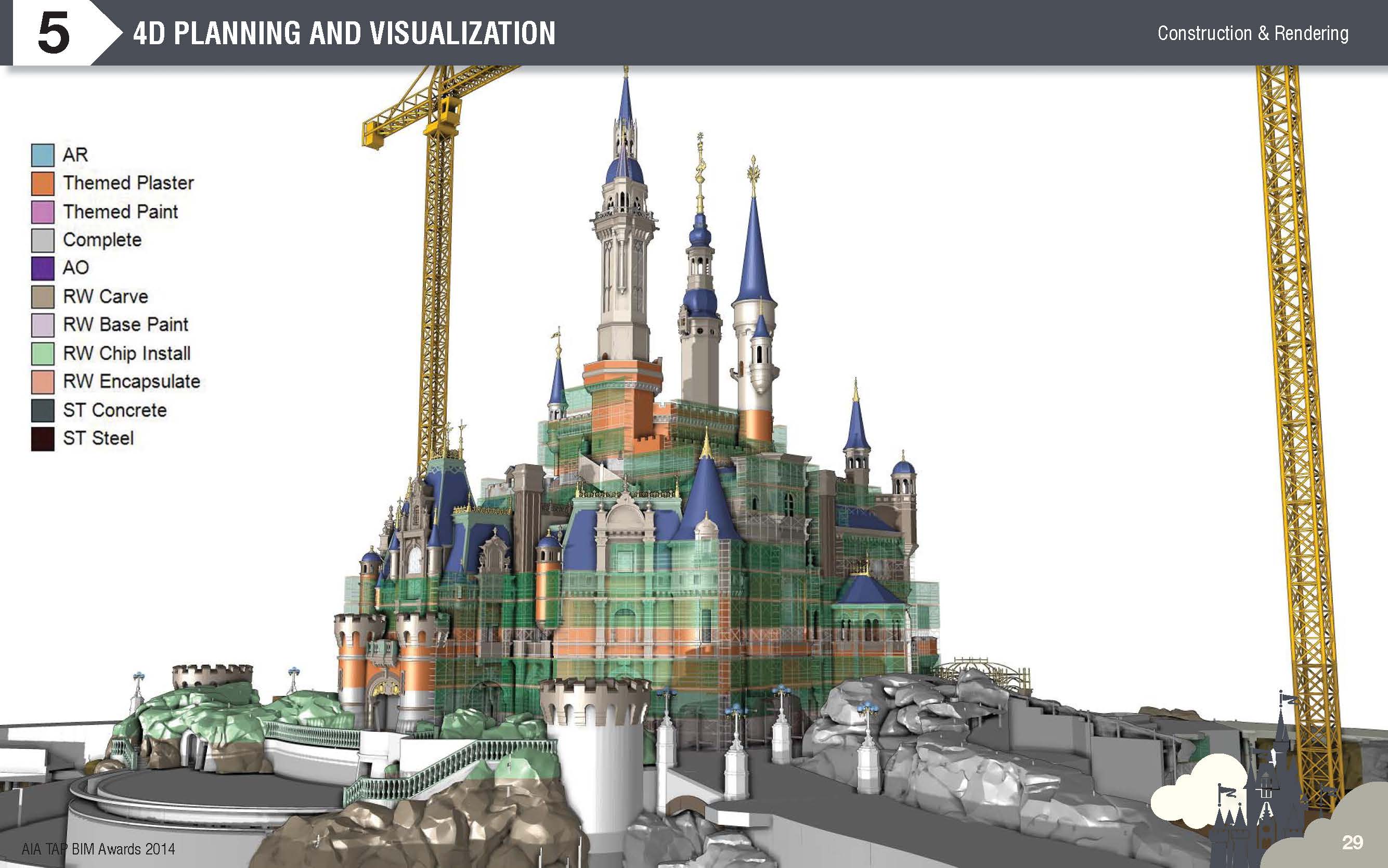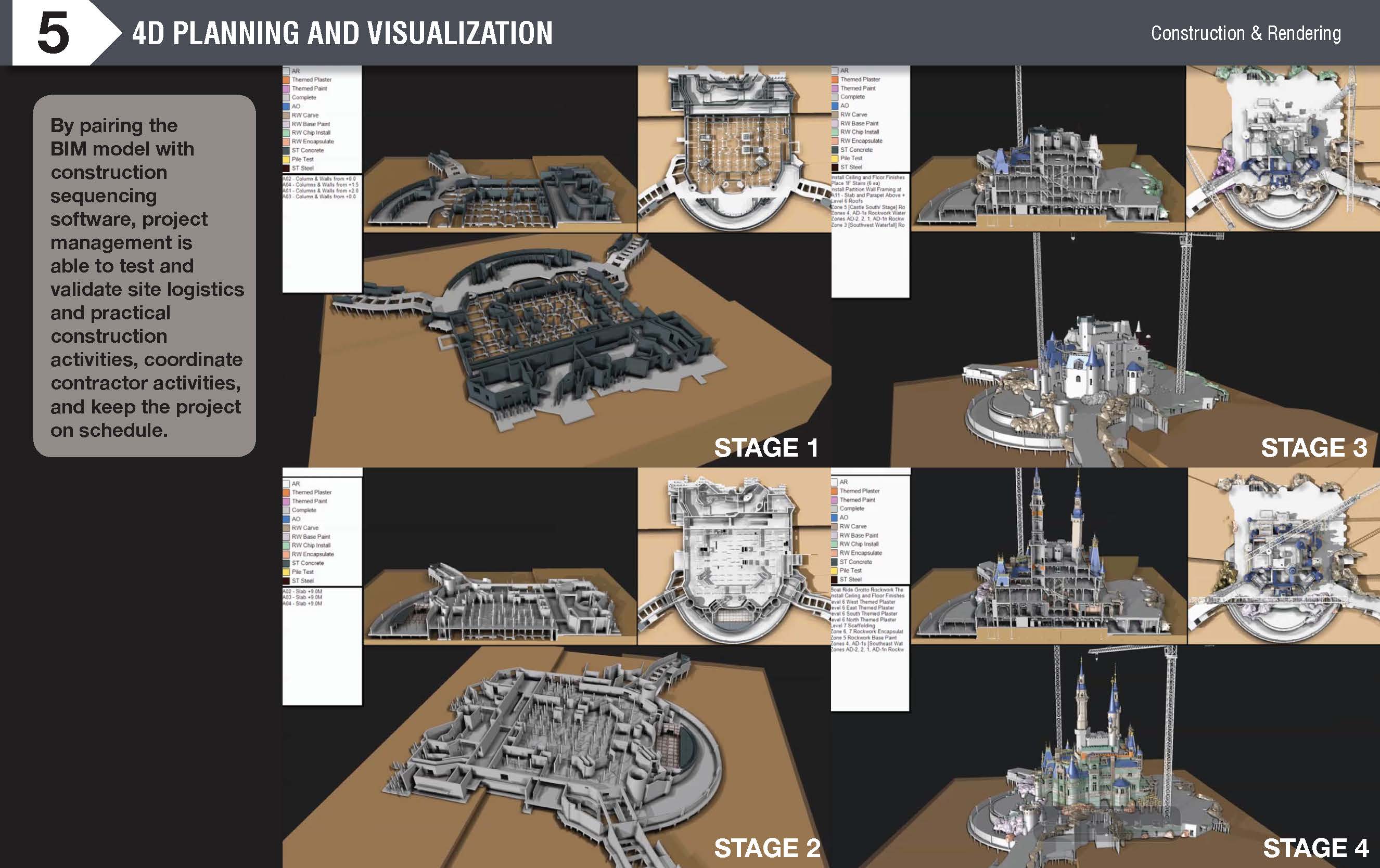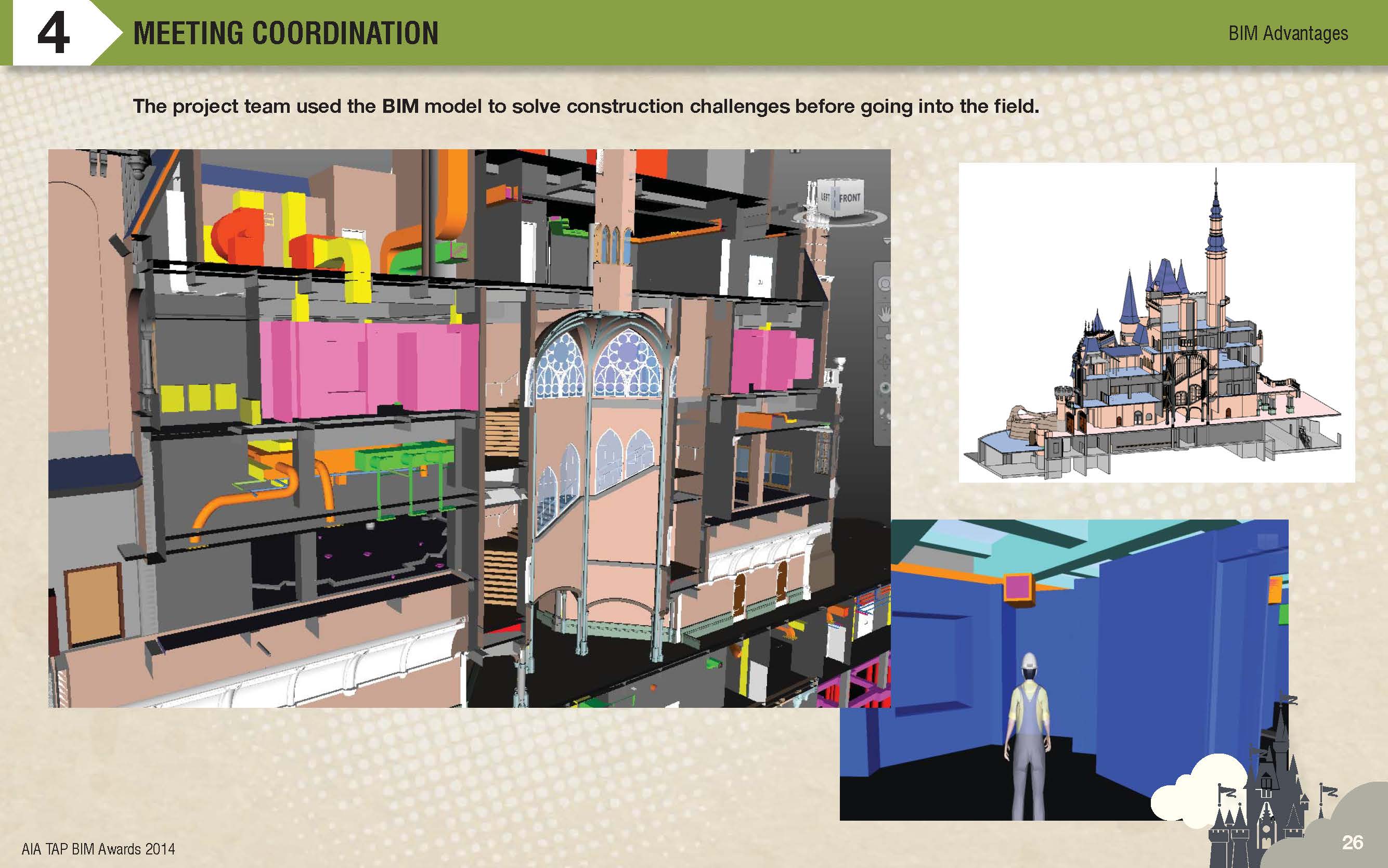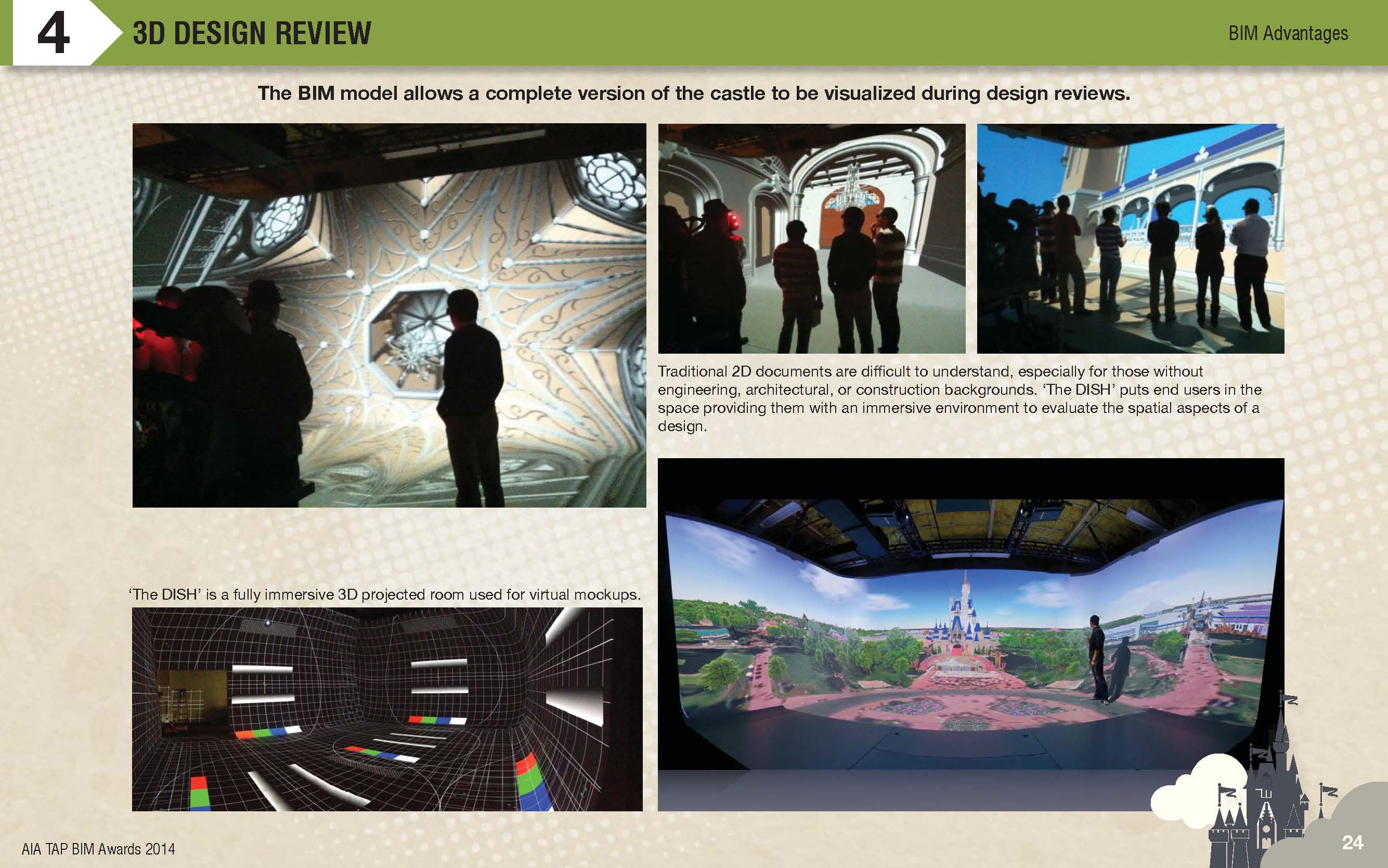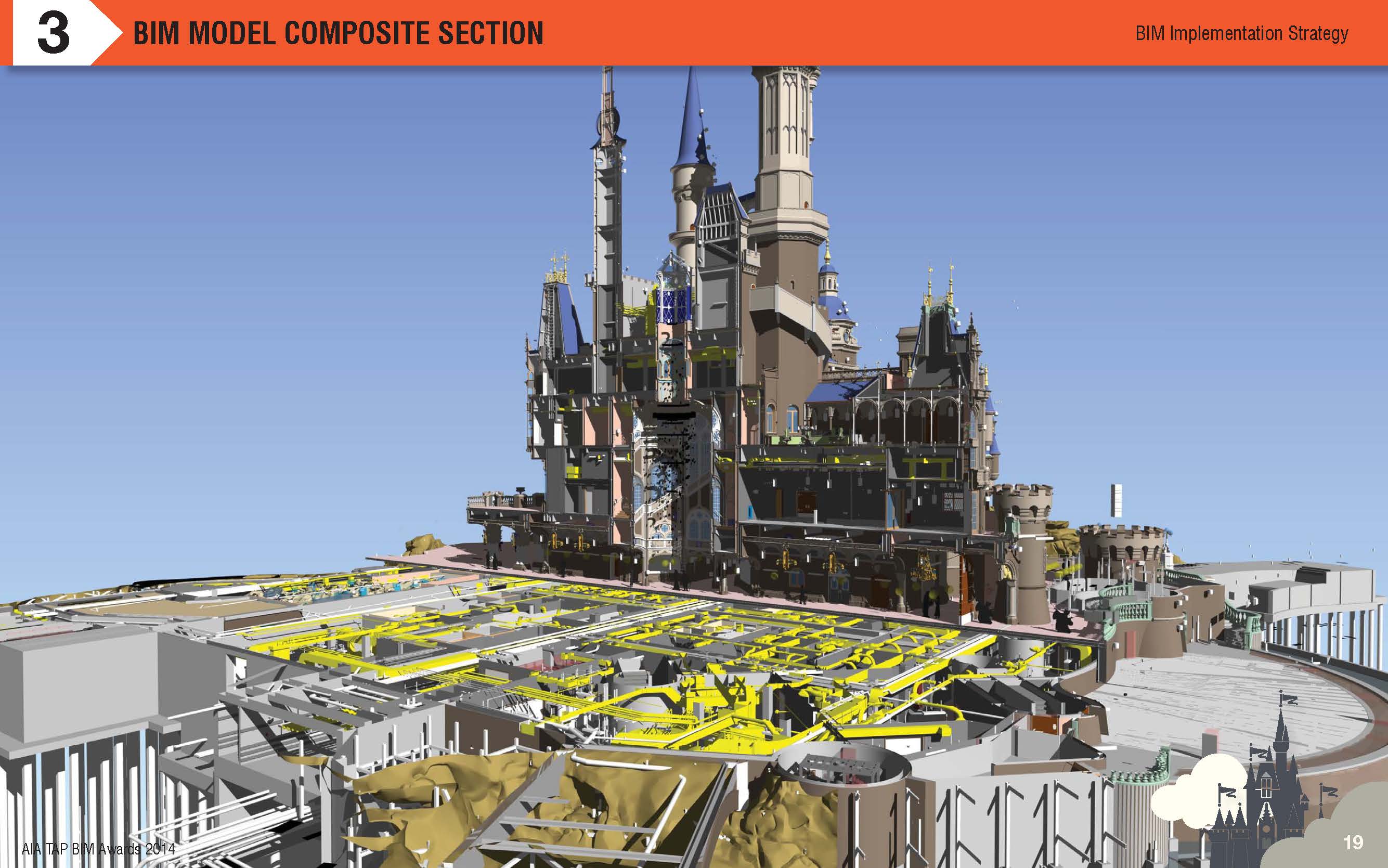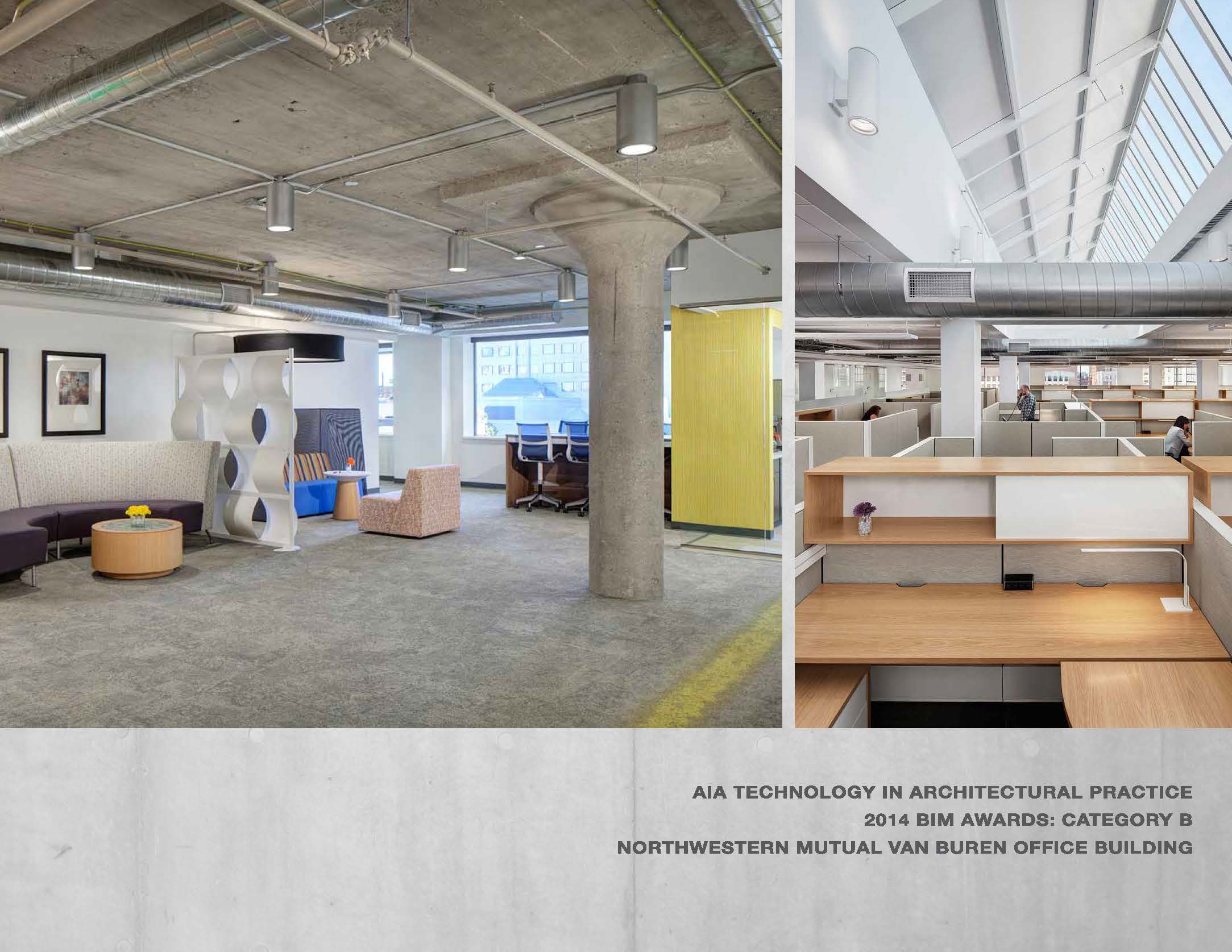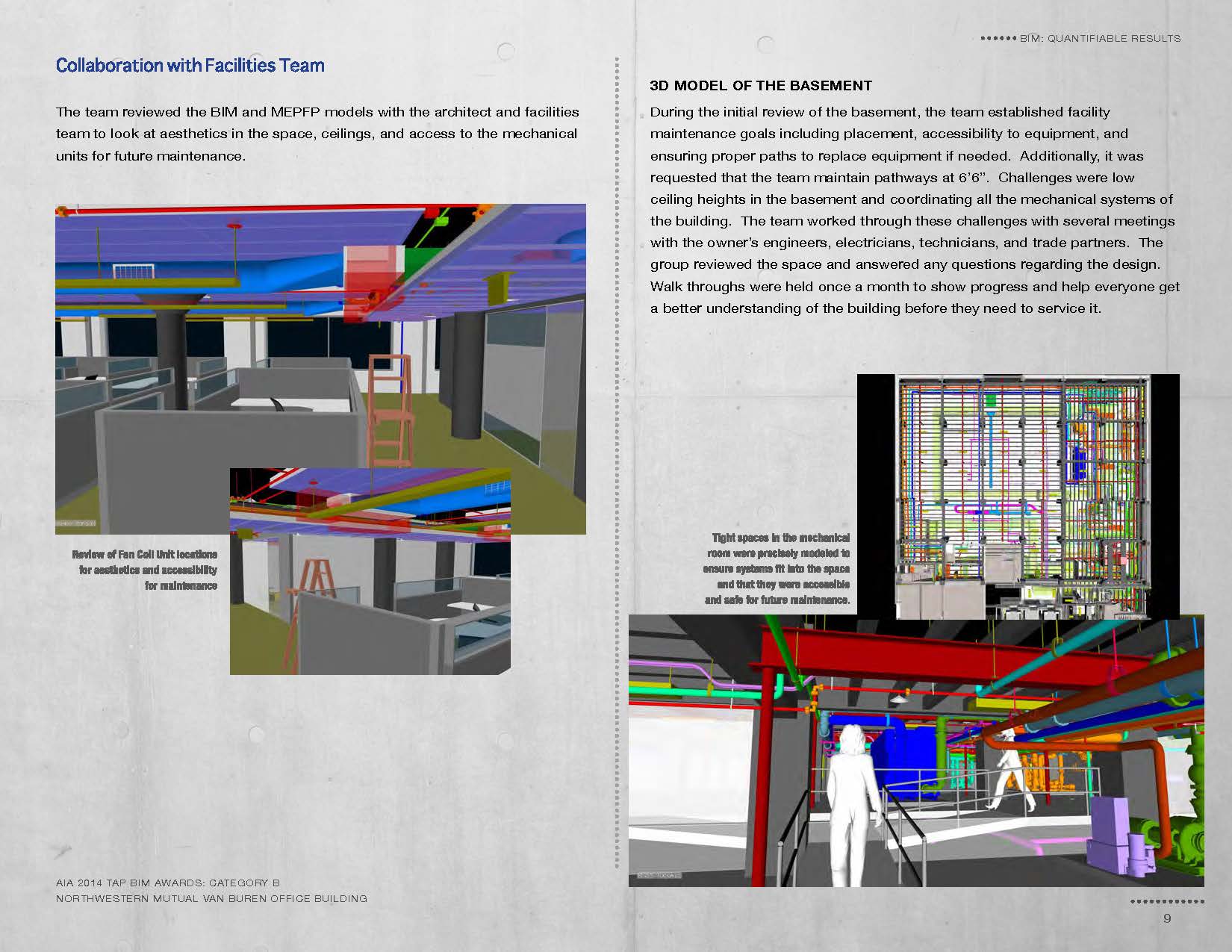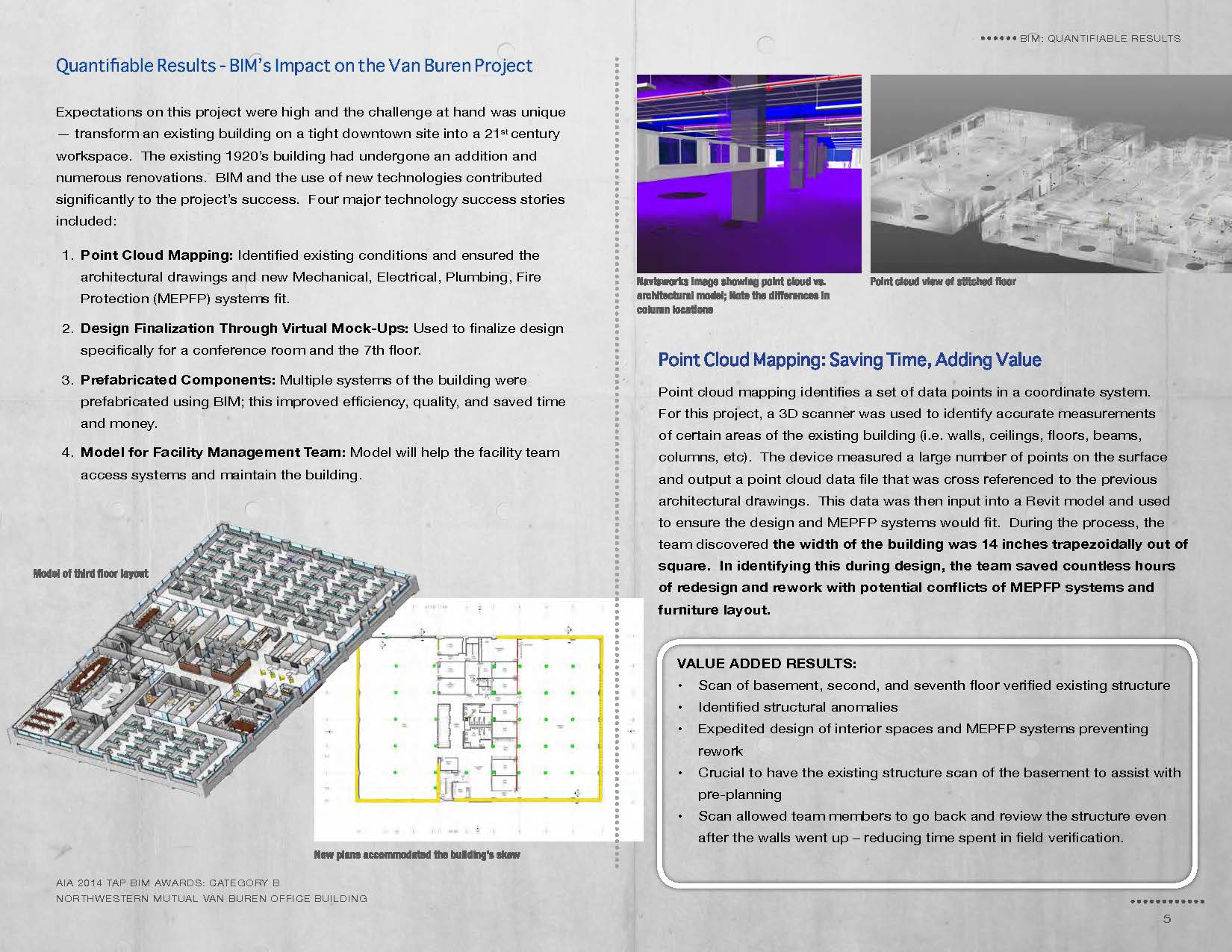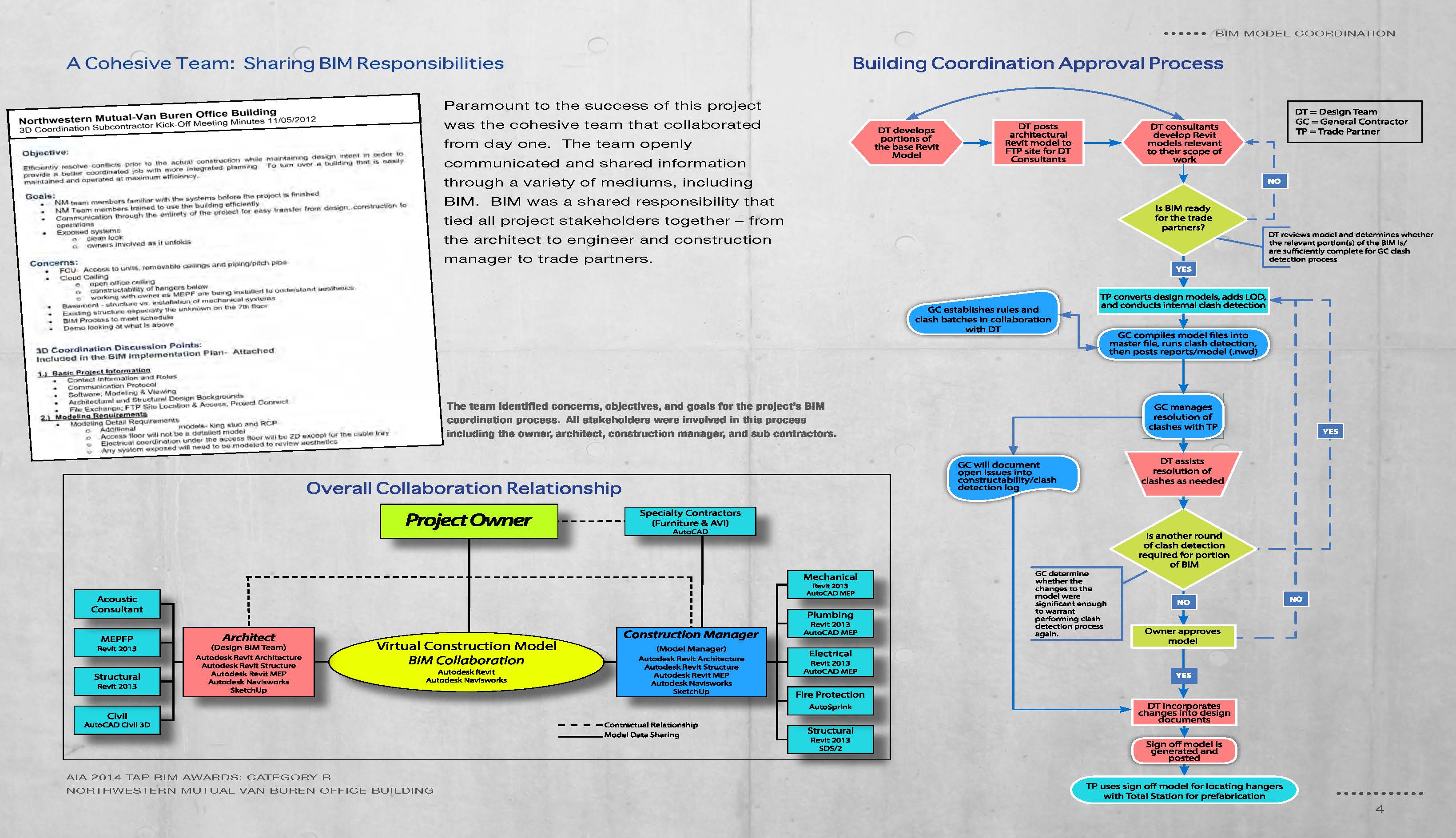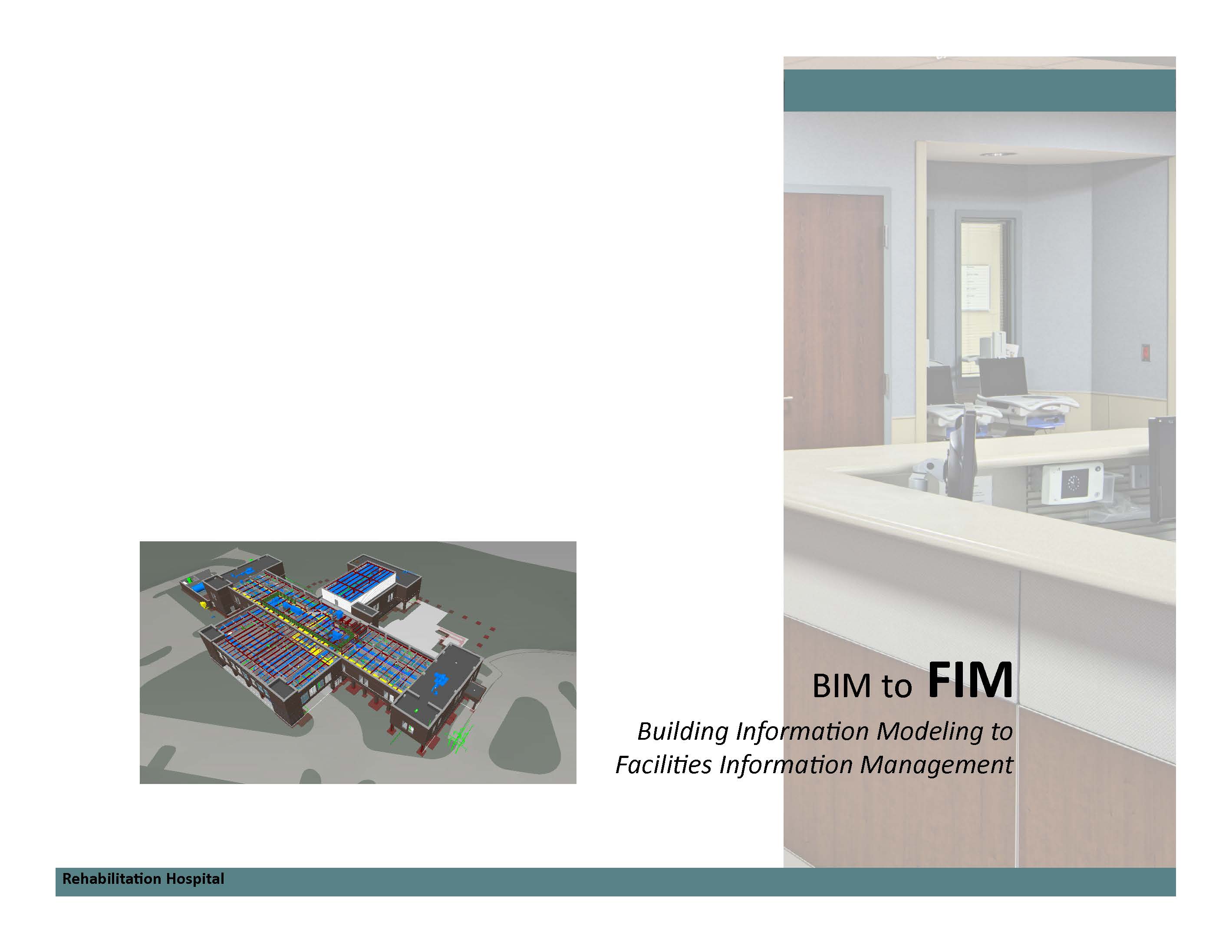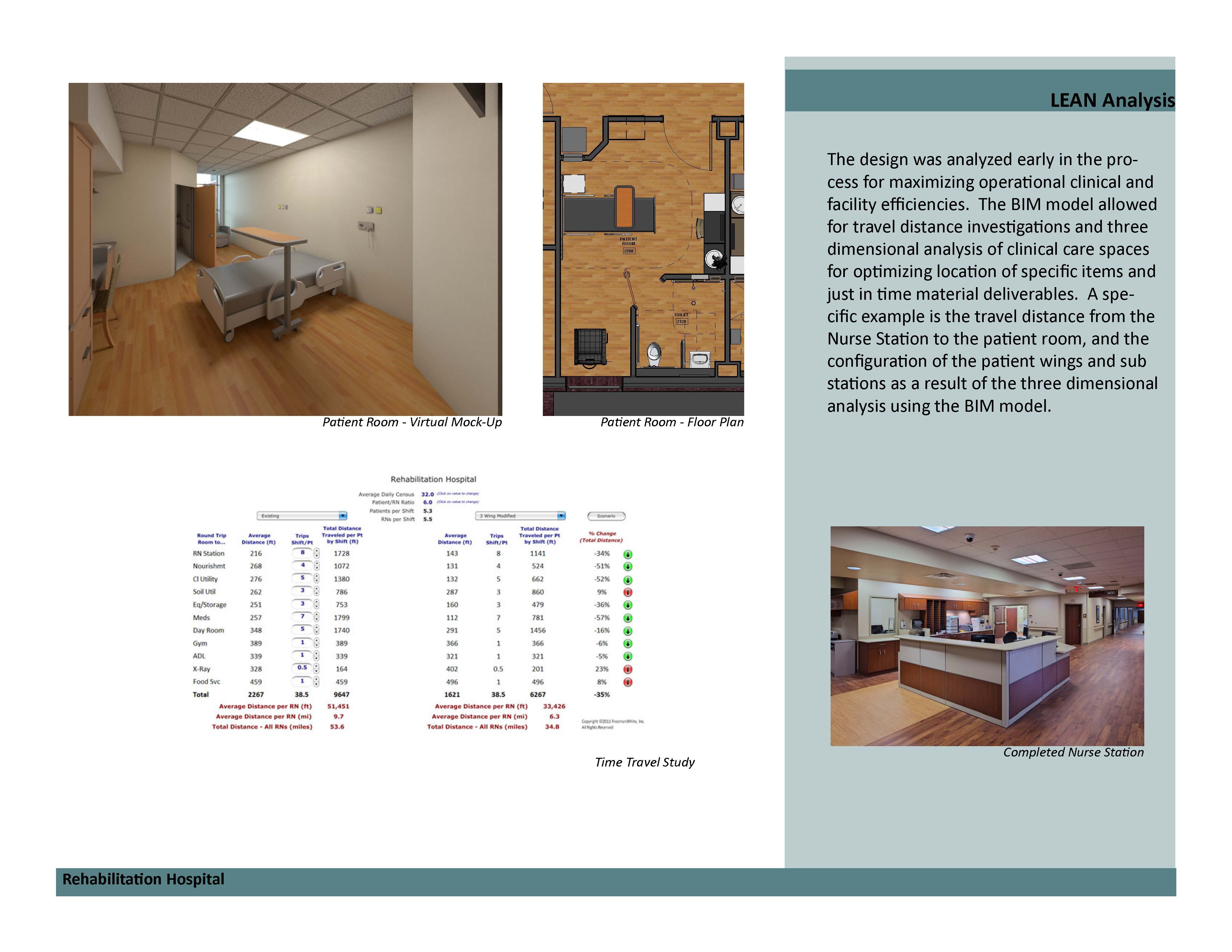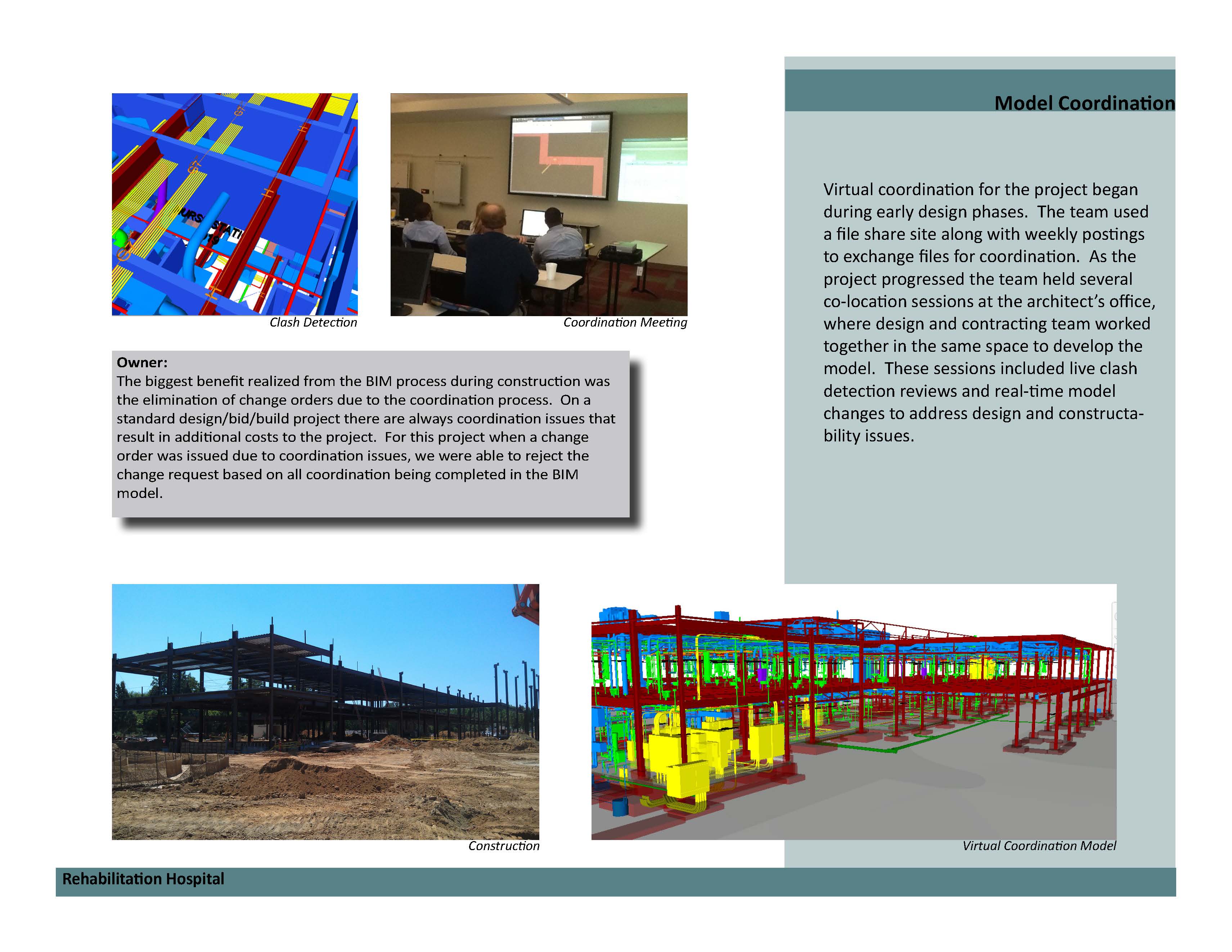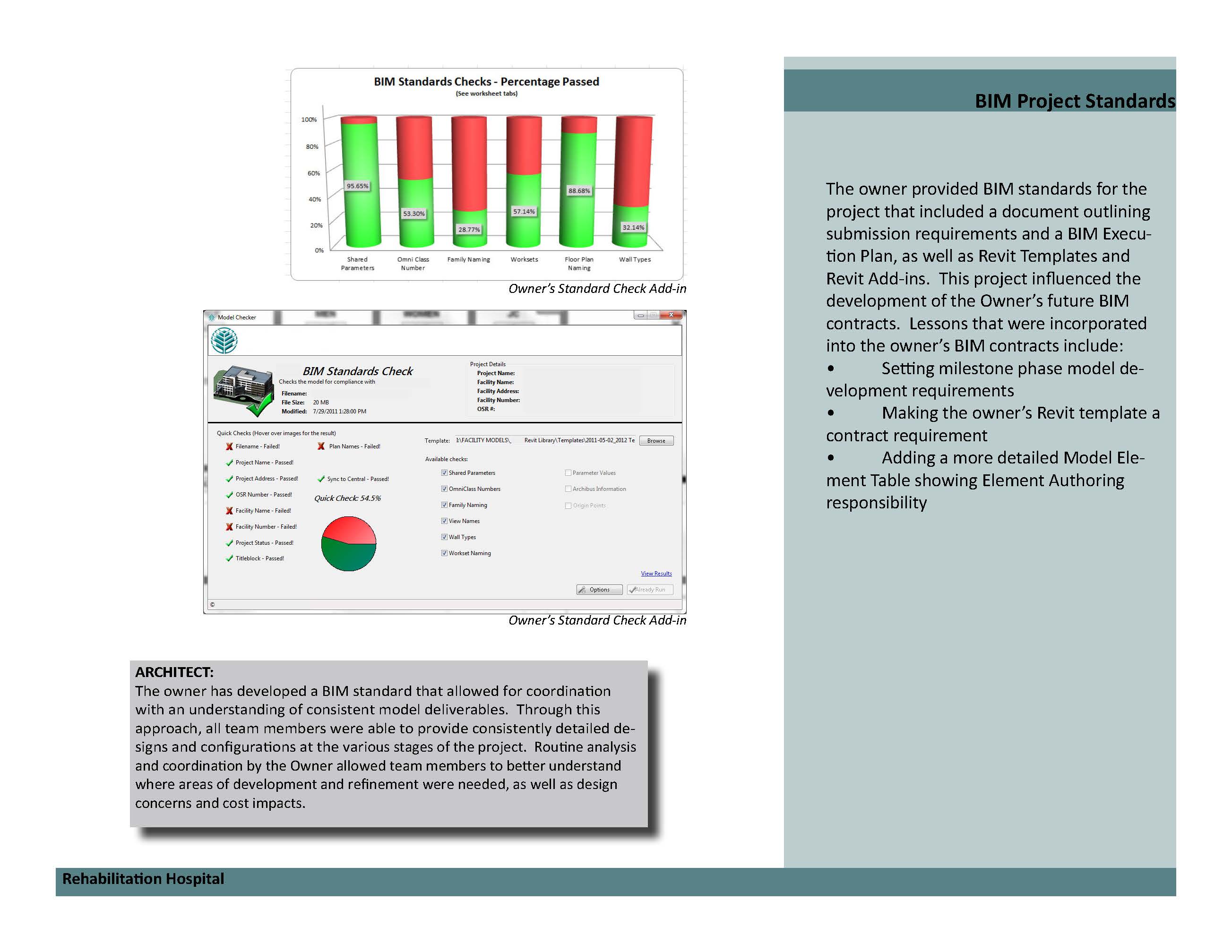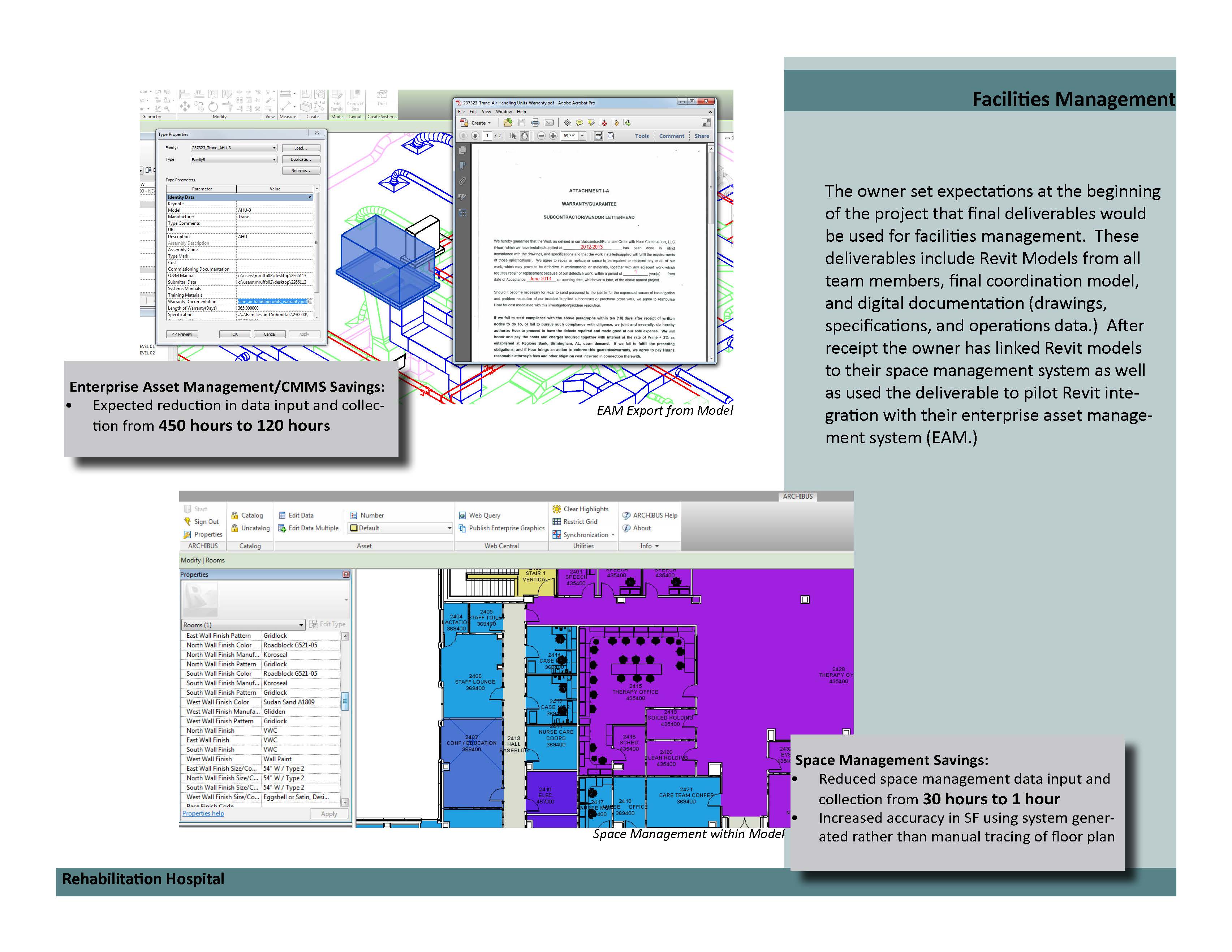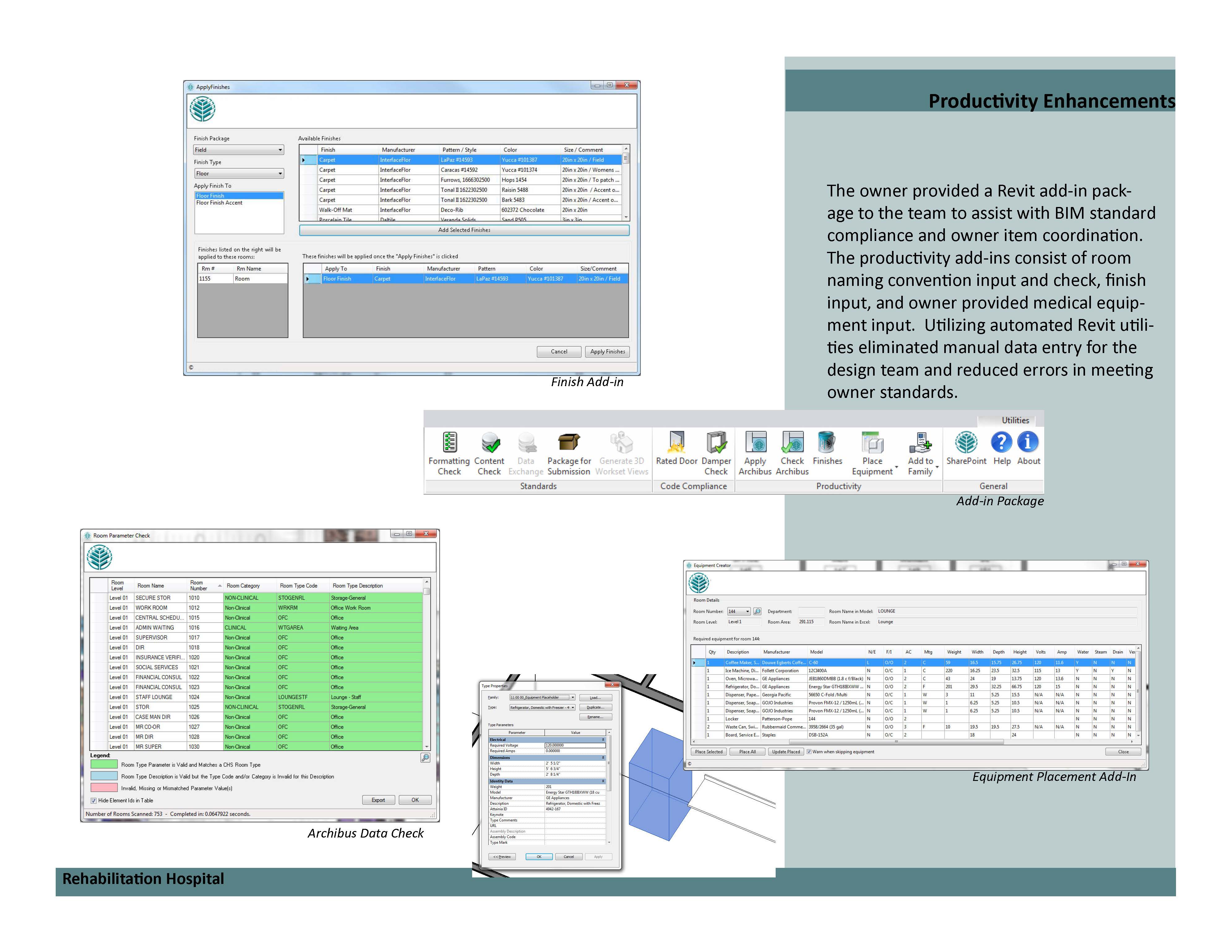The AIA's Technology in Architectural Practice (TAP) Knowledge Community recently announced the winners of the 2014 AIA TAP BIM Awards.
Launched in 2005, the program honors projects that best harness building information modeling and virtual design and construction tools and processes, and related innovations.
The 2014 jury included: Norbert W. Young Jr., FAIA (Chair), Duck Cove Associates; Ajla Aksamija, PhD, University of Massachusetts, Department of Art, Architecture & Art History; Bradley E. Workman, ZweigWhite; David Fano, CASE Design; Laura Handler, Tocci Building Companies; Paul Teicholz, Stanford University, School of Engineering; and Boyd Black, COAA Representative, University of Chicago.
The 2014 AIA TAP BIM Award and honorable mention recipients are:
1. Perot Museum of Nature and Science, Dallas
Award: Jury's Choice - Stellar Architecture Using BIM & Delivery Process Innovation
Building Team: Morphosis Architects, John A. Martin Associates, Datum Engineers, Buro Happold, Balfour Beatty Construction
Jury comments
This stood out by how it leveraged BIM not just in design but in the shop drawing process and in the fabrication and installation they achieved things in a time that would have been unimaginable otherwise. BIM assisted in fabrication, documentation, and implementation. The submitter had a willingness to share their digital files to better improve the project. Because technology was able to communicate this model, they were able to achieve what they have. They communicated effectively. It gets back to this team was cohesive. They had a shared server for the team all the way through design and construction. Their process delivery was exceptional.
DOWNLOAD PDF SLIDESHOW ON PROJECT
2. Anaheim Regional Transportation Intermodal Center, Anaheim, Calif.
Award: Stellar Architecture Using BIM
Building Team: HOK, Parsons Brinckerhoff, Buro Happold, Clark Construction Group
Jury Comments
This is what BIM is. It is an innovative piece of architecture. A great process with many strengths. The form is one of beauty and simplicity. The use of integrated design and modeling optimized the structure. Appreciate the use of an objective-based approach to technology selection. They used the tools best necessary to accomplish the design they desired to accomplish. This group leveraged the power of BIM and it was especially valuable.
DOWNLOAD PDF SLIDESHOW ON PROJECT
3. Pegula Ice Arena at The Pennsylvania State University, University Park, Pa.
Award: Delivery Process Innovation
Building Team: Crawford Architects, Bohlin Cywinski Jackson, Mortenson Construction, Thornton Tomasetti, KJWW Engineering
Jury Comments
Documented benefits of quality achieved. Feels like very strong construction through all documentation. Multiple BIM use beyond design and construction. This had a level of complexity unseen in others. The use of CAVE (virtual reality) and how they reached out to their donor base was impressive. Not many owners would think of that. They did a great way of making it understandable. This is an owner-centric message and a powerful teaching example.
DOWNLOAD PDF SLIDESHOW ON PROJECT
4. Outpatient Care Pavilion, Chicago
Award: Delivery Process Innovation
Building Team: Cannon Design, Lend Lease, Affiliated Engineers, Thornton Tomasetti, Pepper Construction
Jury Comments
They just hit on so many different notes and did them so well. They used BIM as it should be used. It’s a truly integrated project.
DOWNLOAD PDF SLIDESHOW ON PROJECT
5. Enchanted Storybook Castle, Shanghai Disneyland Park
Award: Delivery Process Innovation
Building Team: Walt Disney Imagineering, Gehry Technologies
Jury Comments
They are doing what all architects should be doing. They are saving having to reconstruct. They use many different tools that should be used on every project. The storybook castle are tools that should be leveraged in all practices.
DOWNLOAD PDF SLIDESHOW ON PROJECT
6. Northwestern Mutual Van Buren Office Building, Milwaukee, Wis.
Award: Delivery Process Innovation - Honorable Mention
Building Team: Eppstein Uhen Architects, Mortenson Construction
Jury Comments
The way they quantified their results, but also how the documented a cohesive team environment. They documented well the BIM design process for retrofits of existing buildings. They showed a good use of laser scanning. Also, this was the best example of prefabrication.
DOWNLOAD PDF SLIDESHOW ON PROJECT
7. Rehabilitation Hospital, Carolinas HealthCare System, Concord, N.C.
Award: Exemplary use of BIM in Facility Management and Operations - Honorable Mention
Building Team: Carolinas HealthCare System, FreemanWhite
Jury Comments
For using BIM to proactively analyze operational efficiency within the facility by the user. This is a very good leveraging of BIM for getting owner value out of this hospital. They used BIM to optimize clinical care activities.
DOWNLOAD PDF SLIDESHOW ON PROJECT
For more on the 2014 winners, visit: http://network.aia.org/TechnologyinArchitecturalPractice/home/buildinginformationmodelingawardsprogram/2014recipients
Related Stories
| Nov 15, 2010
Gilbane to acquire W.G. Mills, Inc.
Rhode Island-based Gilbane Building Company announced plans to acquire W.G. Mills, Inc., a construction management firm with operations based in Florida. The acquisition will dramatically strengthen Gilbane’s position in Florida’s growing market and complement its already established presence in the southeast.
| Nov 11, 2010
Saint-Gobain to make $80 million investment in SAGE Electrochromics
Saint-Gobain, one of the world’s largest glass and construction material manufacturers, is making a strategic equity investment in SAGE Electrochromics to make electronically tintable “dynamic glass” an affordable, mass-market product, ushering in a new era of energy-saving buildings.
| Nov 11, 2010
Saint-Gobain to make $80 million investment in SAGE Electrochromics
Saint-Gobain, one of the world’s largest glass and construction material manufacturers, is making a strategic equity investment in SAGE Electrochromics to make electronically tintable “dynamic glass” an affordable, mass-market product, ushering in a new era of energy-saving buildings.
| Nov 11, 2010
USGBC certifies more than 1 billion square feet of commercial space
This month, the total footprint of commercial projects certified under the U.S. Green Building Council’s LEED Green Building Rating System surpassed one billion square feet. Another six billion square feet of projects are registered and currently working toward LEED certification around the world. Since 2000, more than 36,000 commercial projects and 38,000 single-family homes have participated in LEED.
| Nov 10, 2010
$700 million plan to restore the National Mall
The National Mall—known as America’s front yard—is being targeted for a massive rehab and restoration that could cost as much as $700 million (it’s estimated that the Mall has $400 million in deferred maintenance alone). A few of the proposed projects: refurbishing the Grant Memorial, replacing the Capitol Reflecting Pool with a smaller pool or fountain, reconstructing the Constitution Gardens lake and constructing a multipurpose visitor center, and replacing the Sylvan Theater near the Washington Monument with a new multipurpose facility.
| Nov 9, 2010
Just how green is that college campus?
The College Sustainability Report Card 2011 evaluated colleges and universities in the U.S. and Canada with the 300 largest endowments—plus 22 others that asked to be included in the GreenReportCard.org study—on nine categories, including climate change, energy use, green building, and investment priorities. More than half (56%) earned a B or better, but 6% got a D. Can you guess which is the greenest of these: UC San Diego, Dickinson College, University of Calgary, and Dartmouth? Hint: The Red Devil has turned green.
| Nov 9, 2010
12 incredible objects being made with 3D printers today
BD+C has reported on how 3D printers are attracting the attention of AEC firms. Now you can see how other creative types are utilizing this fascinating printing technology. Among the printed items: King Tut’s remains, designer shoes, and the world’s smallest Rubik’s Cube.
| Nov 9, 2010
U.S. Army steps up requirements for greening building
Cool roofs, solar water heating, and advanced metering are among energy-efficiency elements that will have to be used in new permanent Army buildings in the U.S. and abroad starting in FY 2013. Designs for new construction and major renovations will incorporate sustainable design and development principles contained in ASHRAE 189.1.




